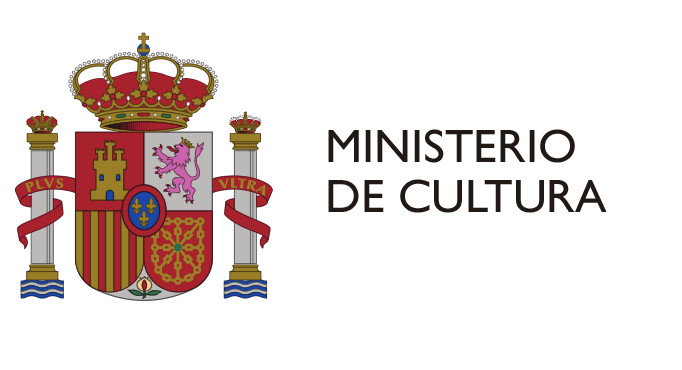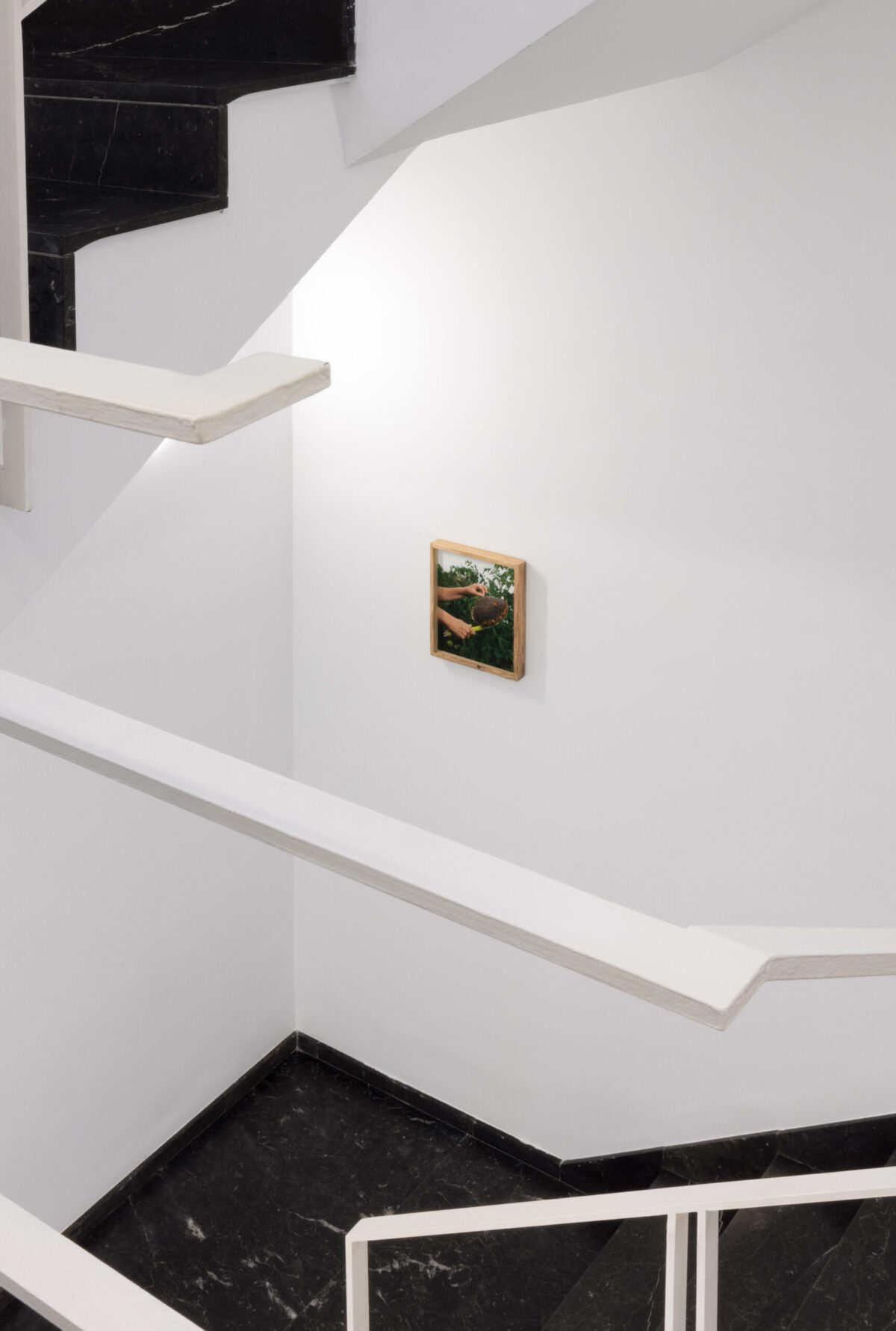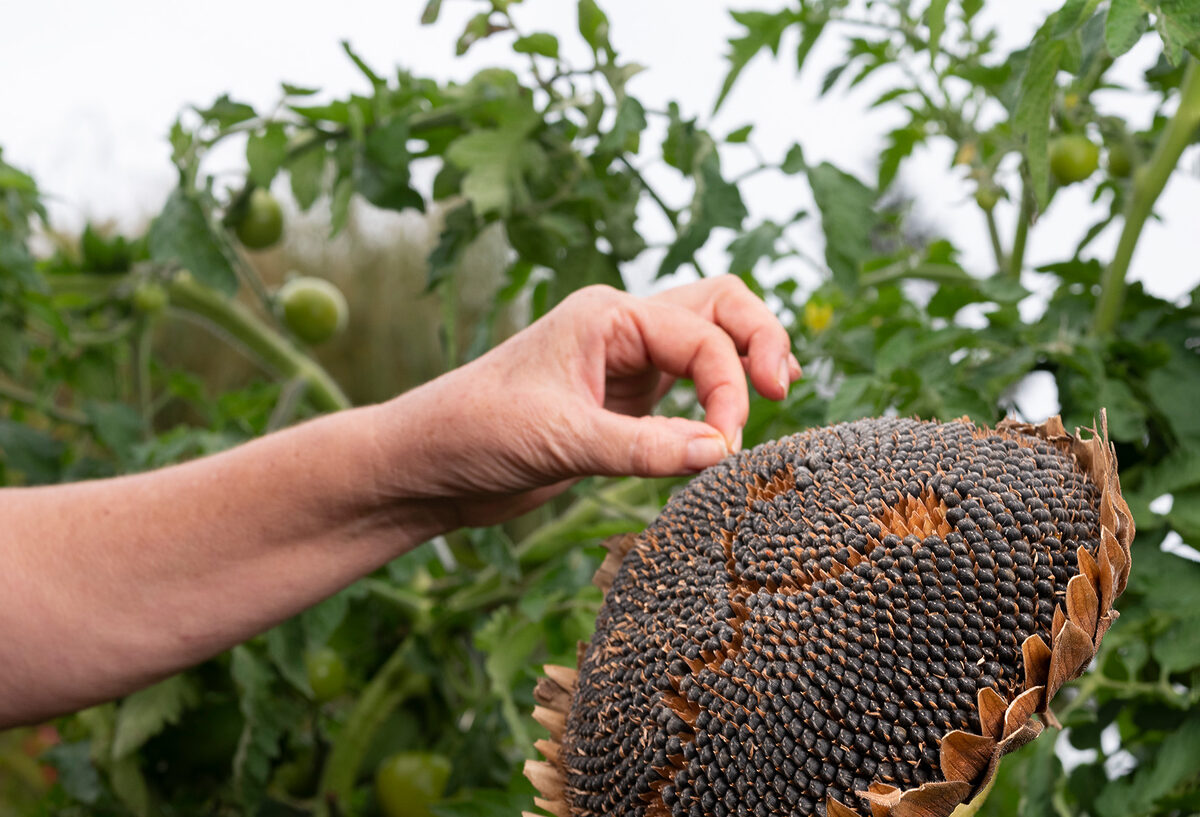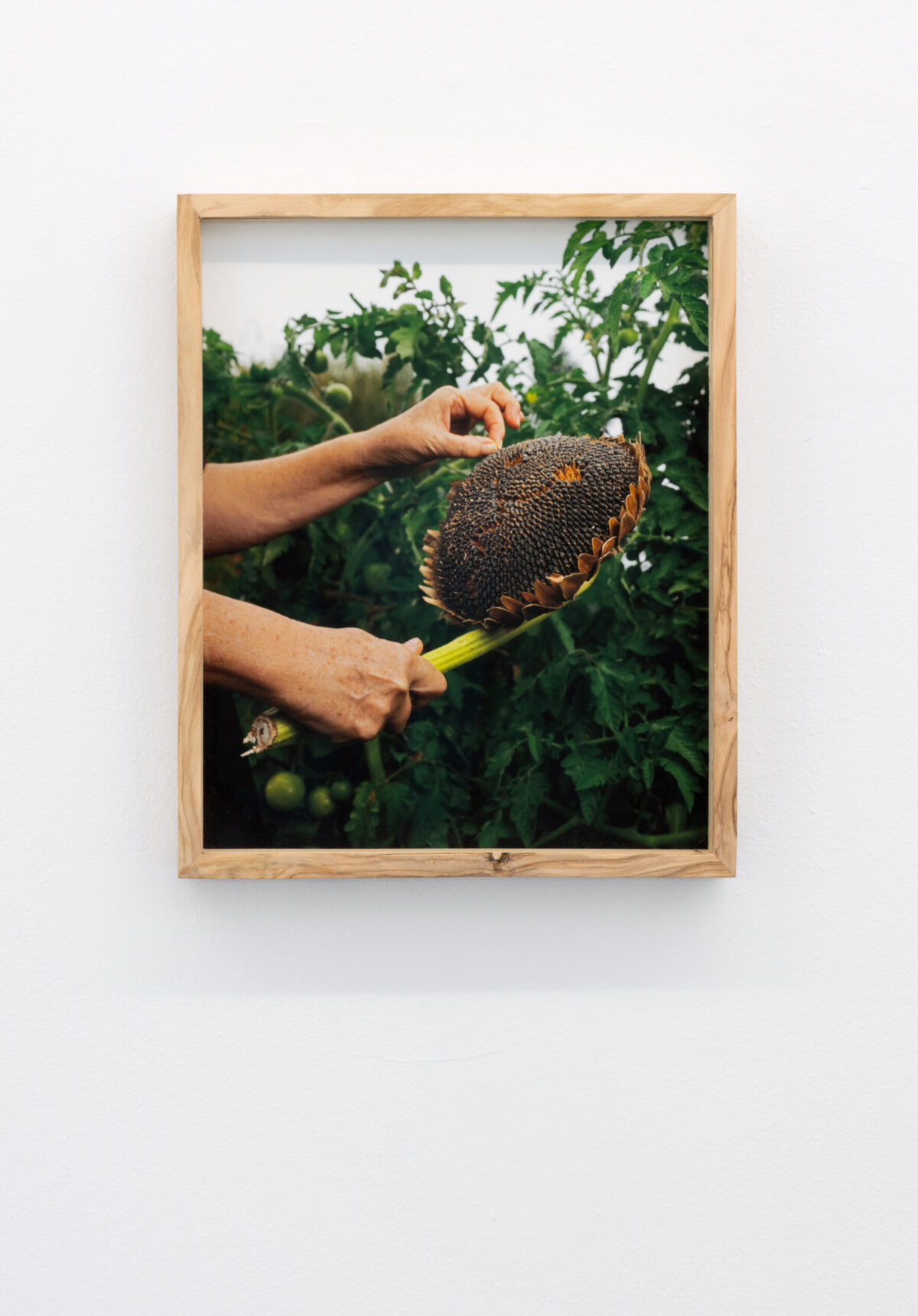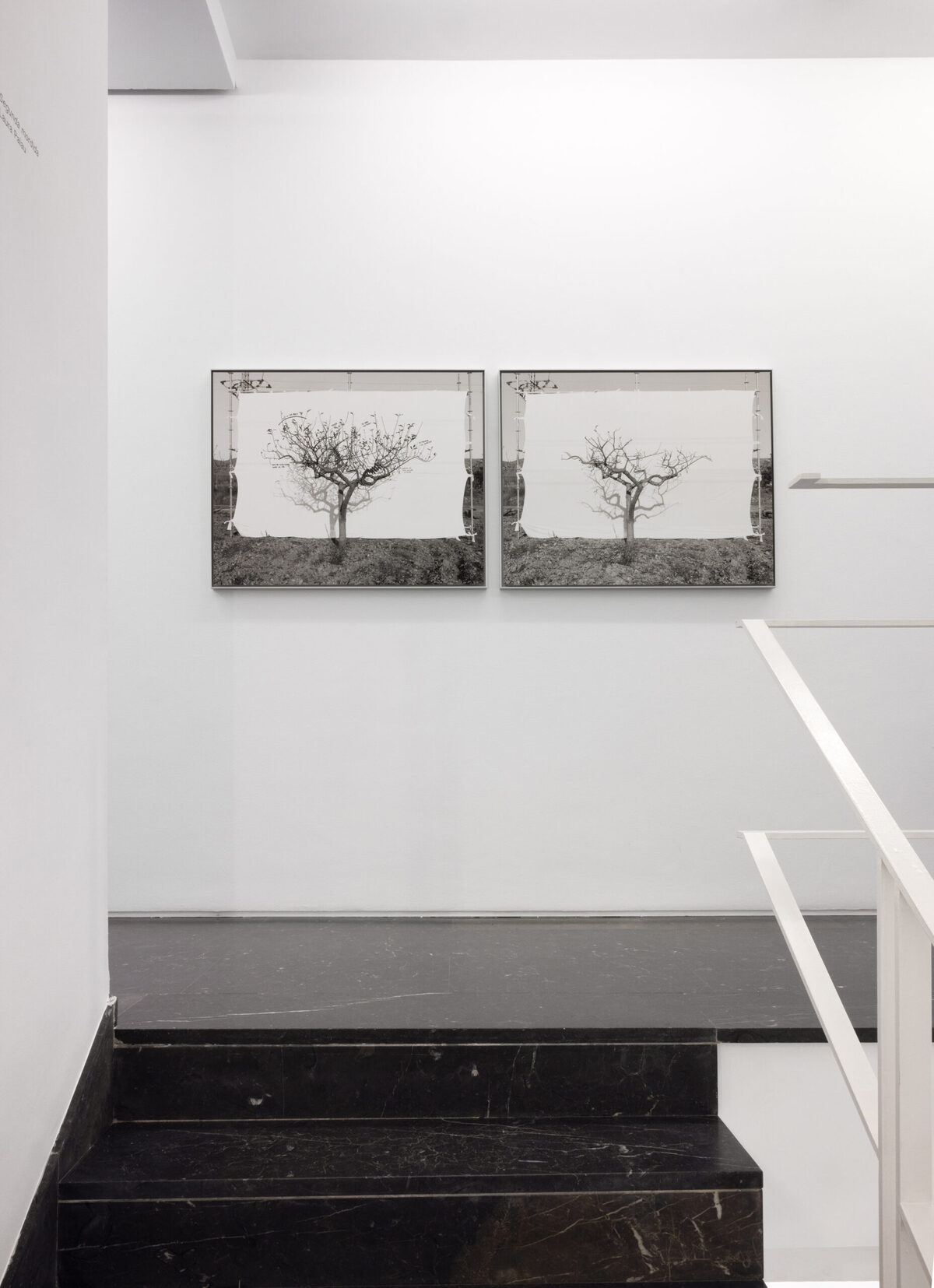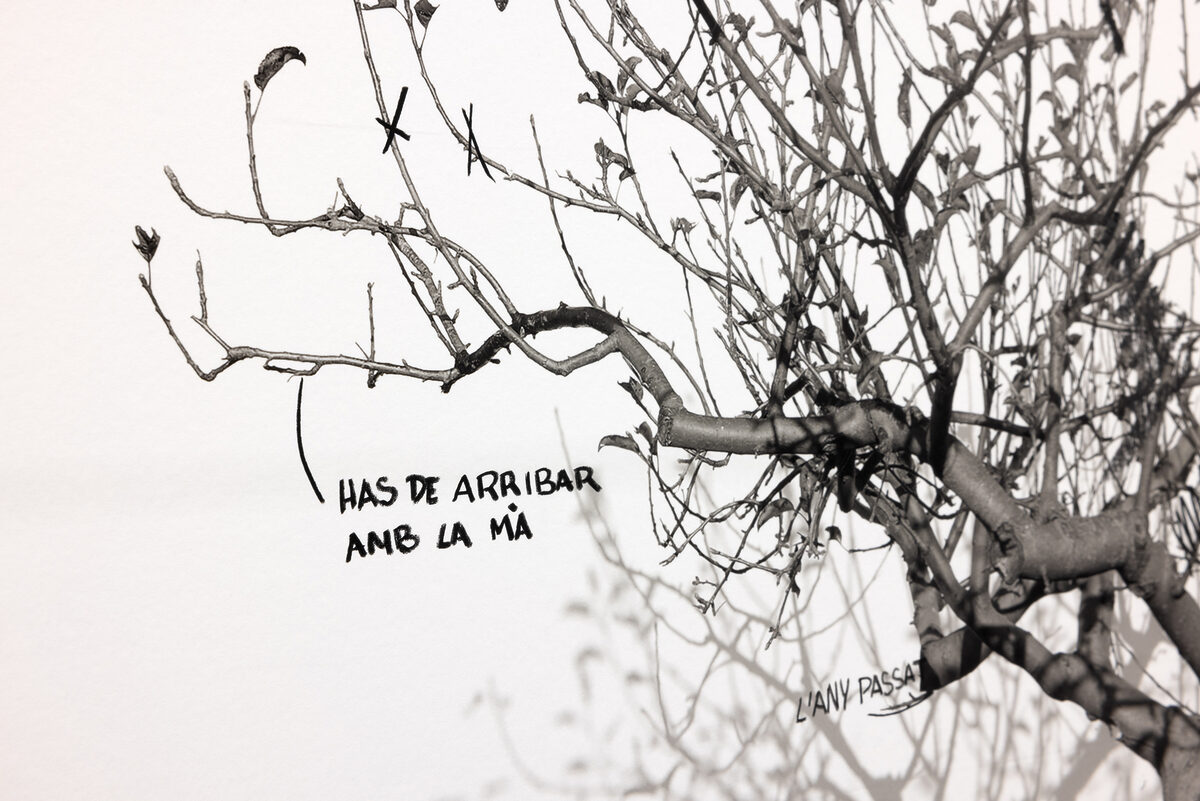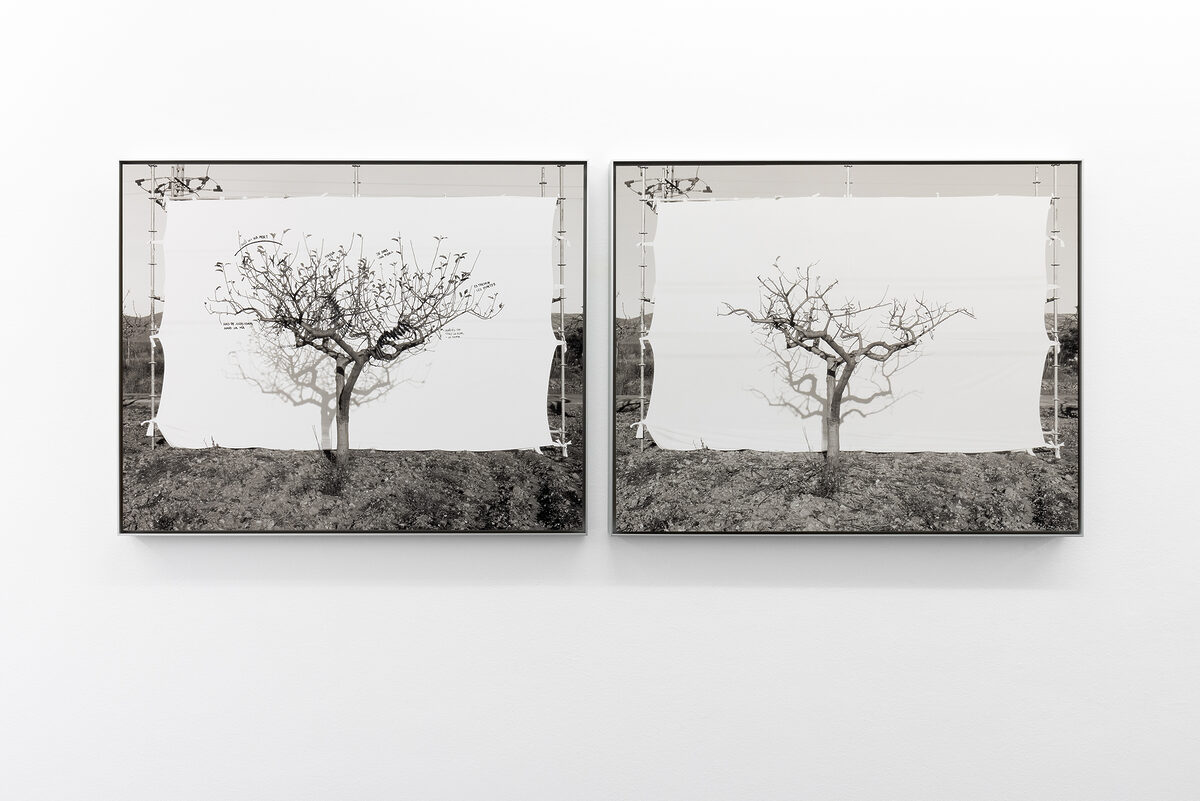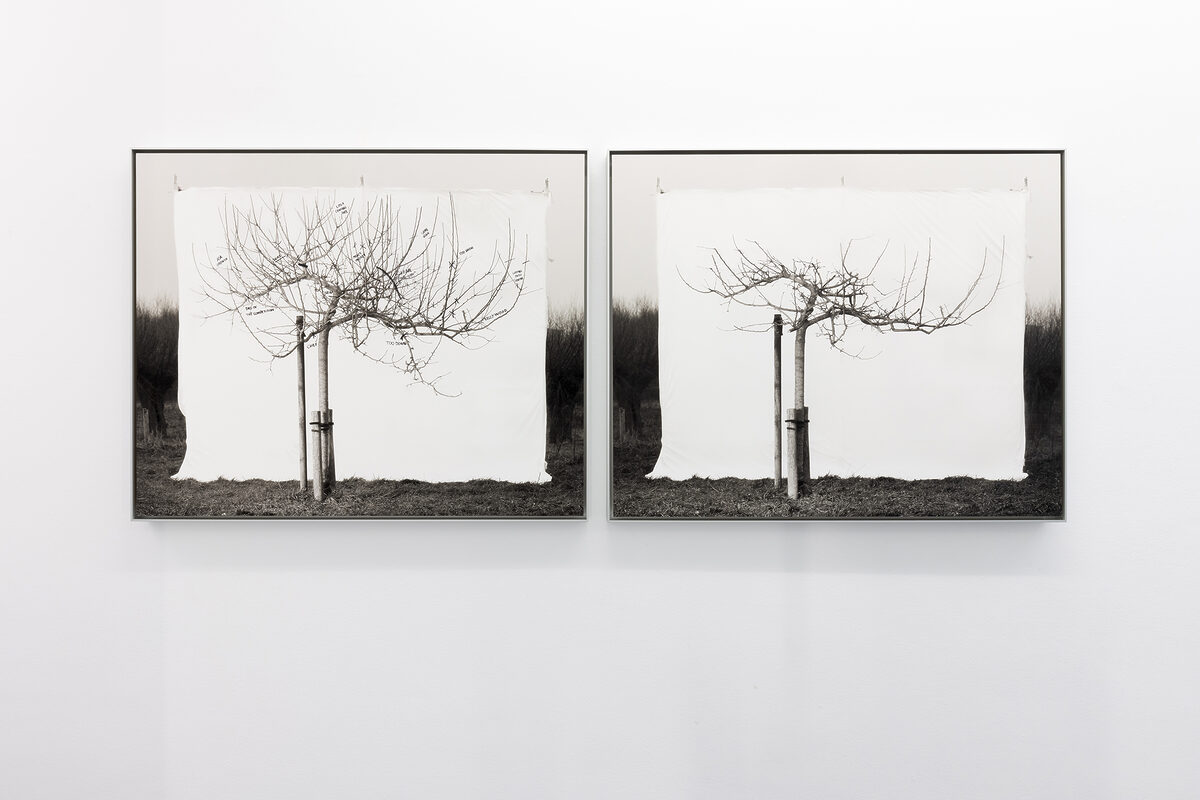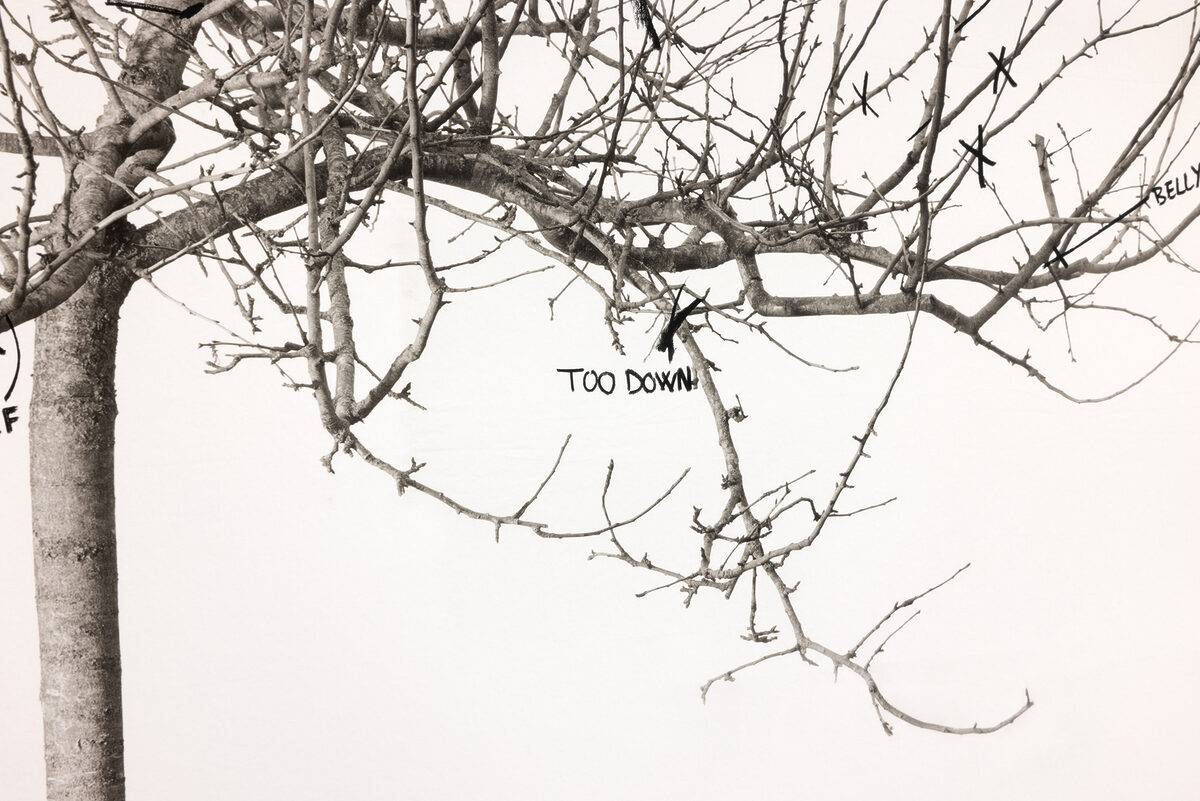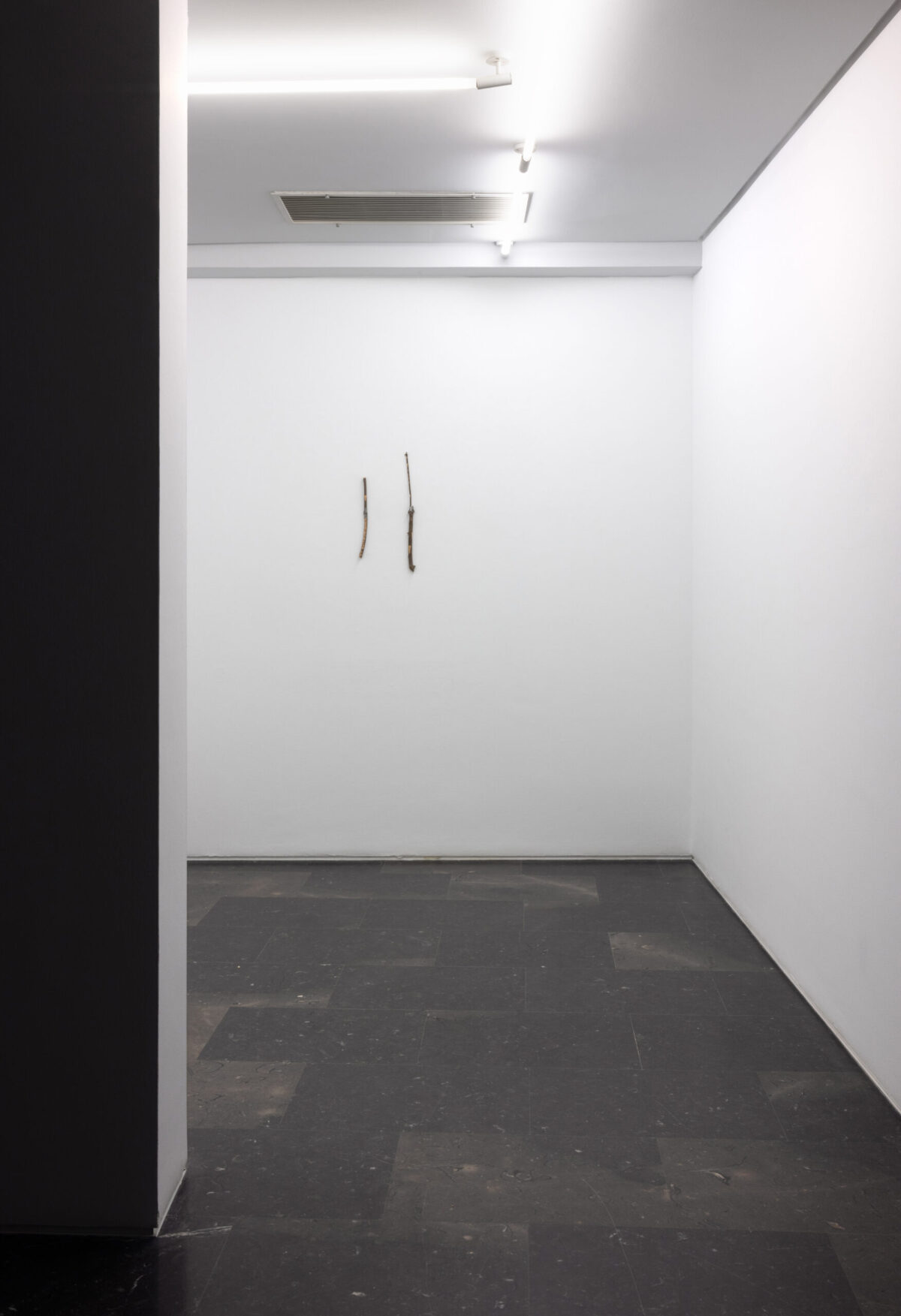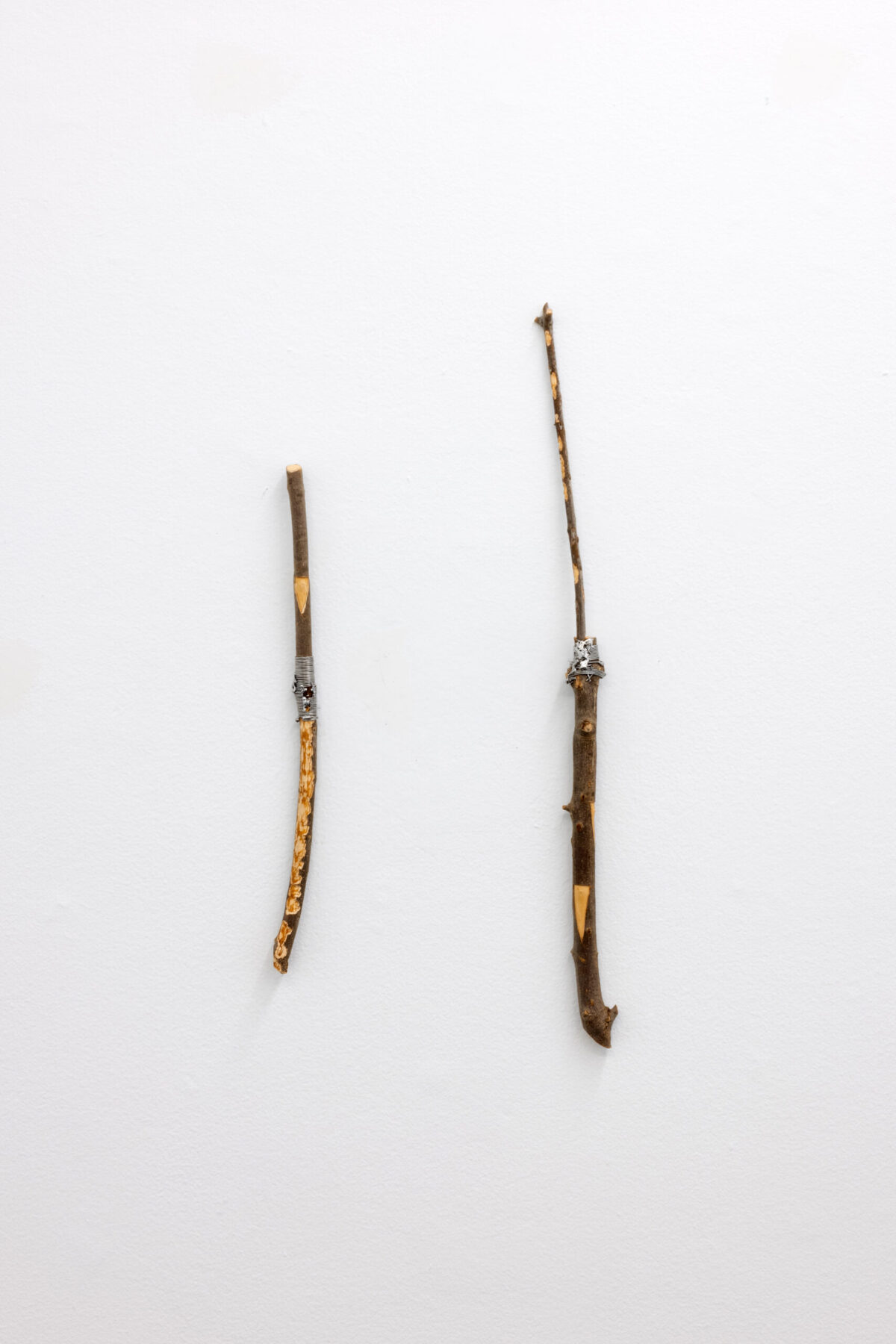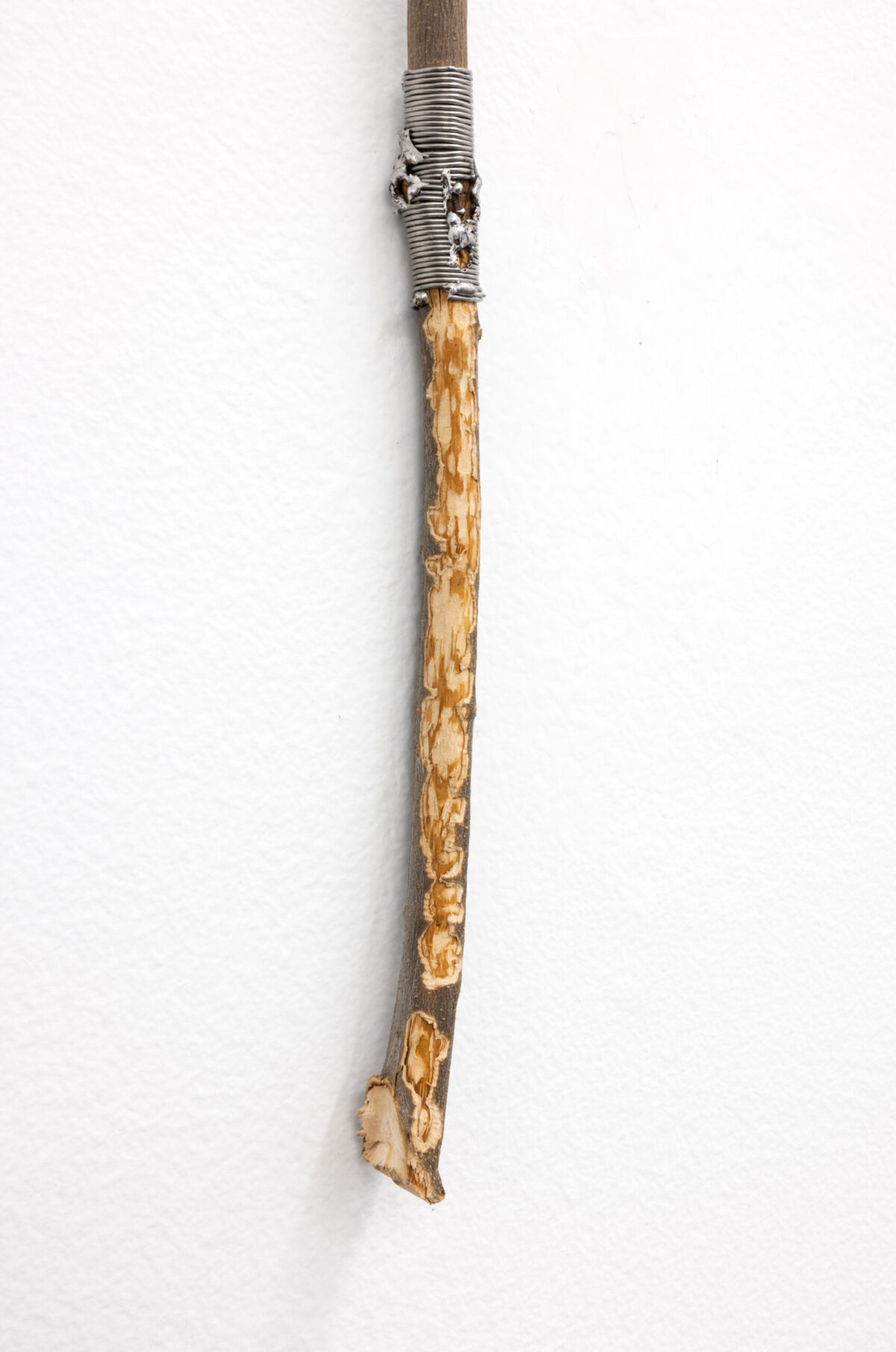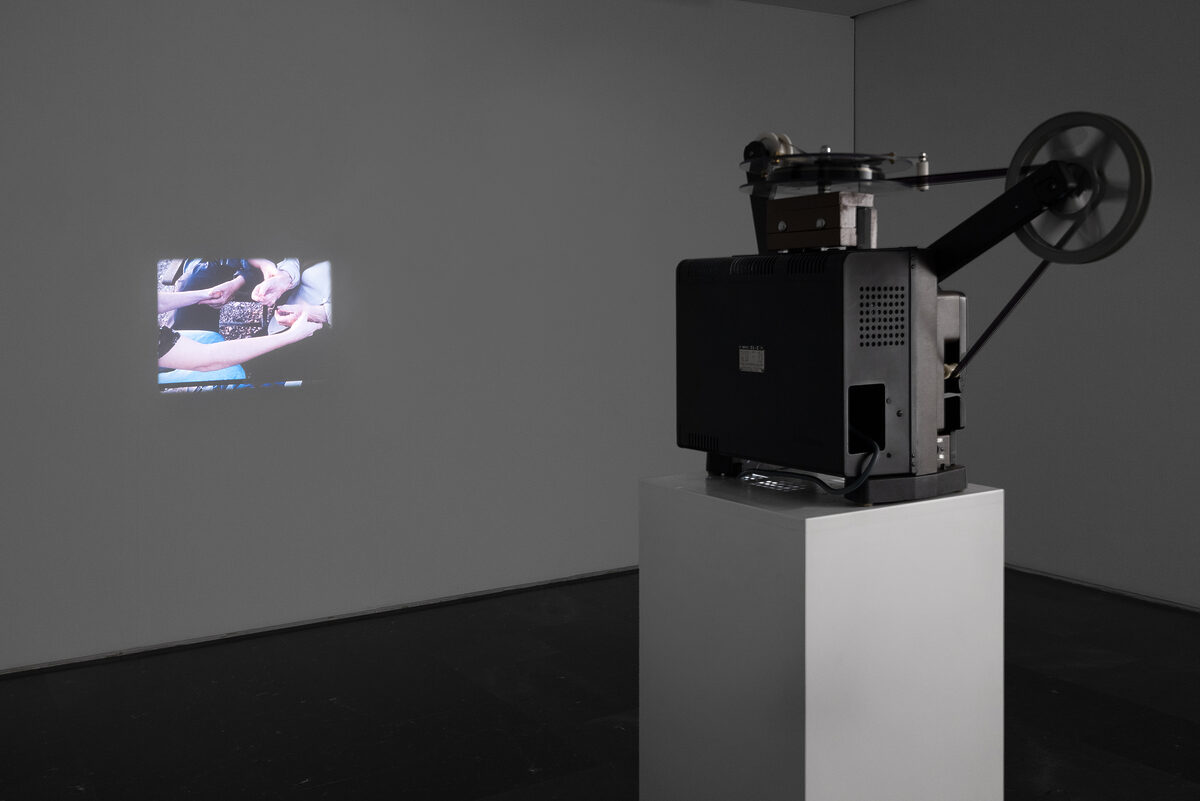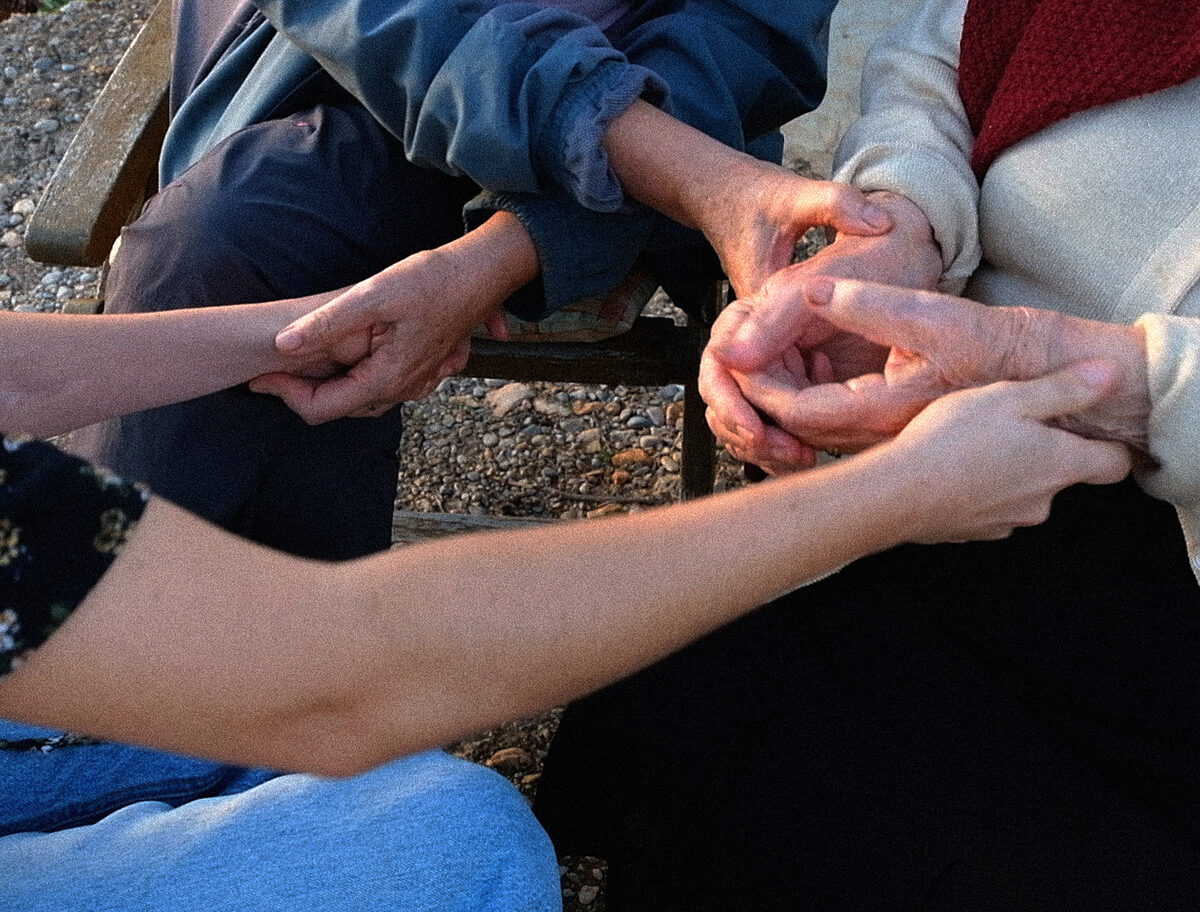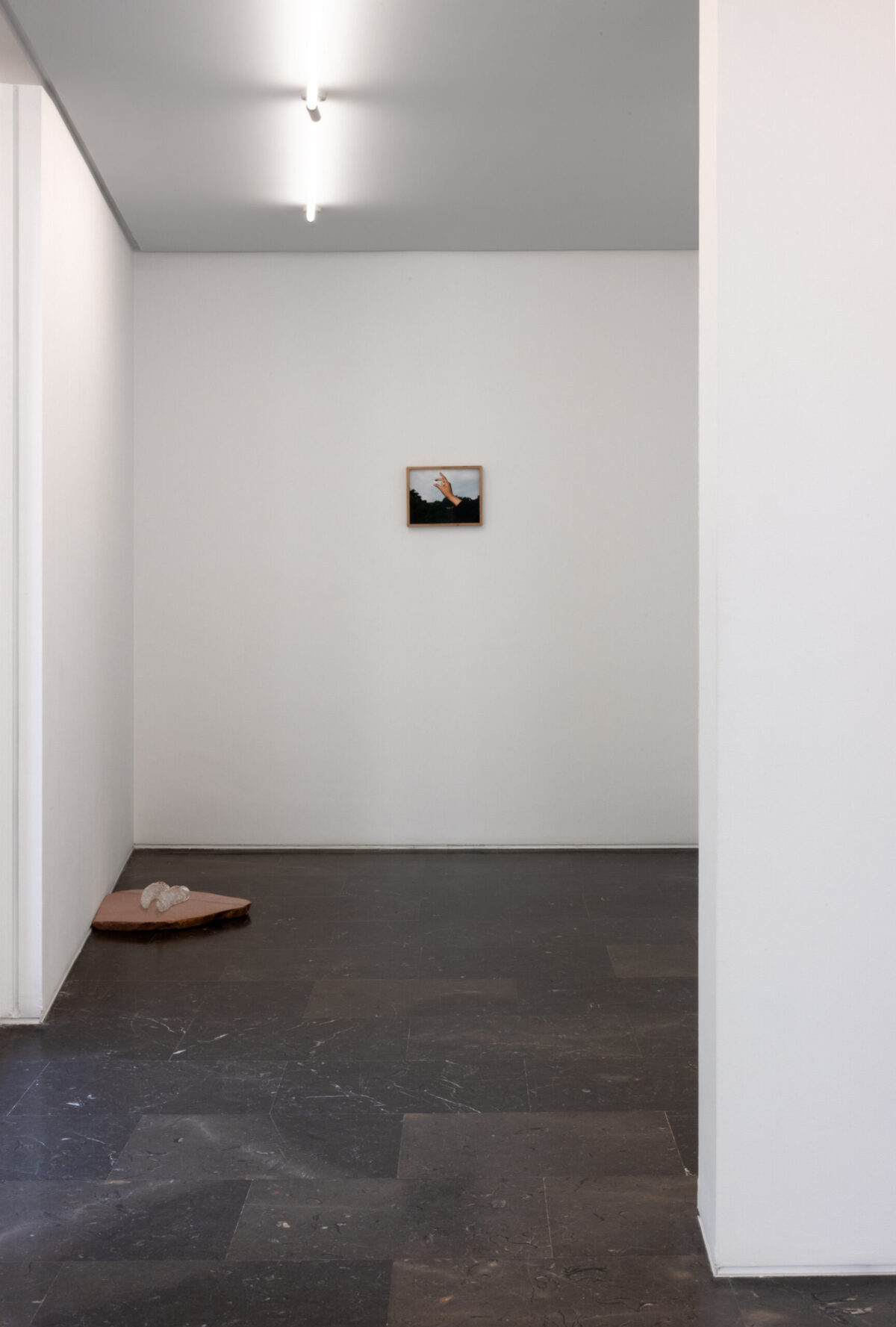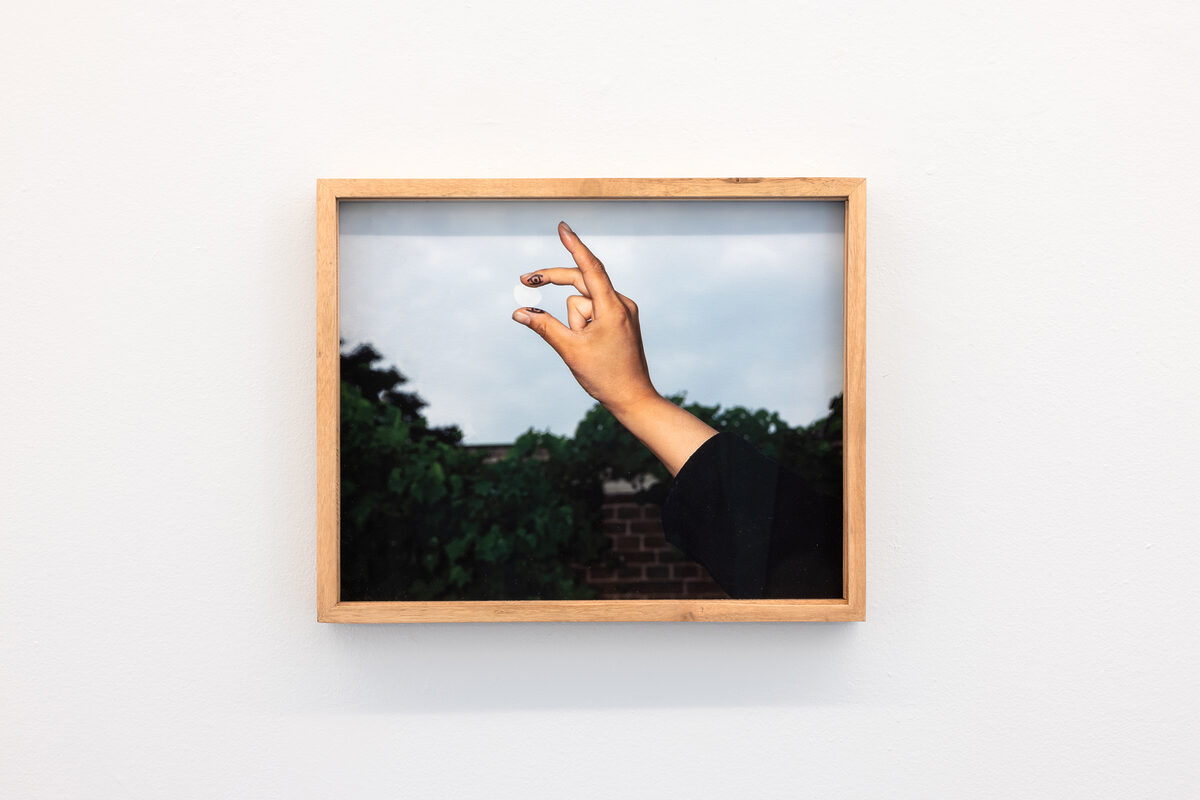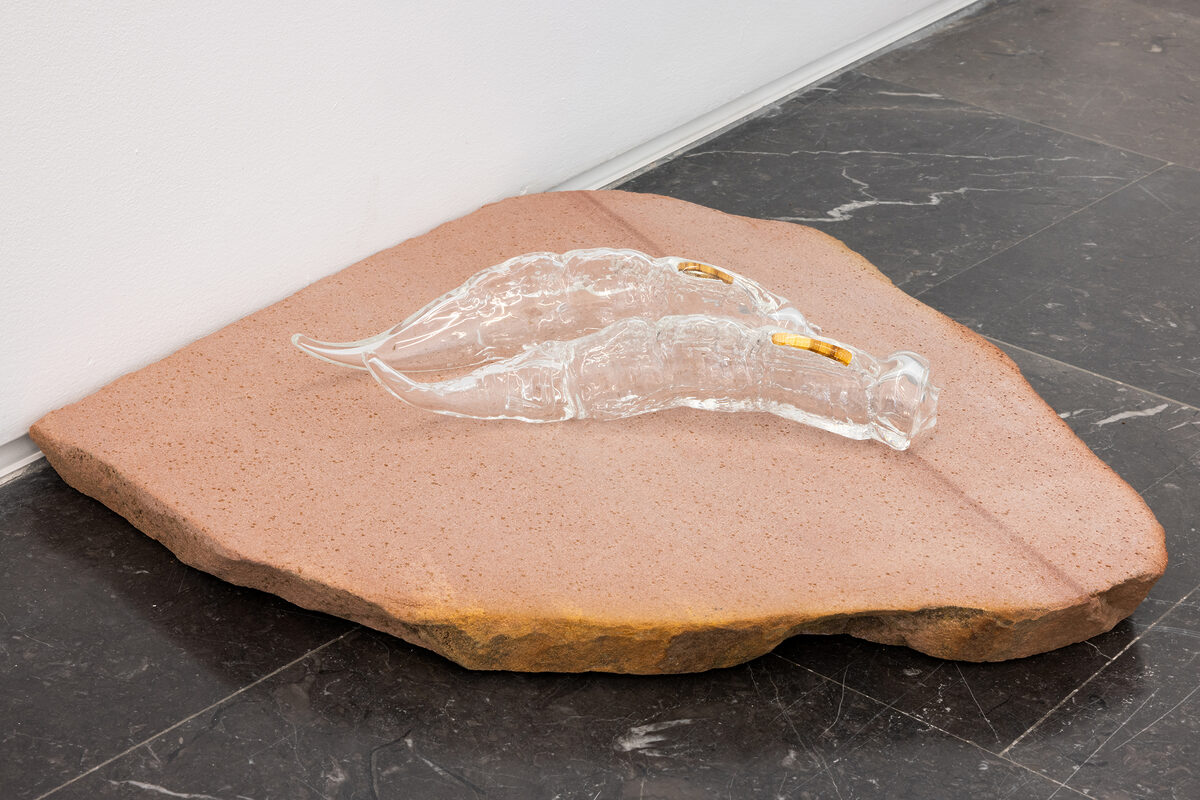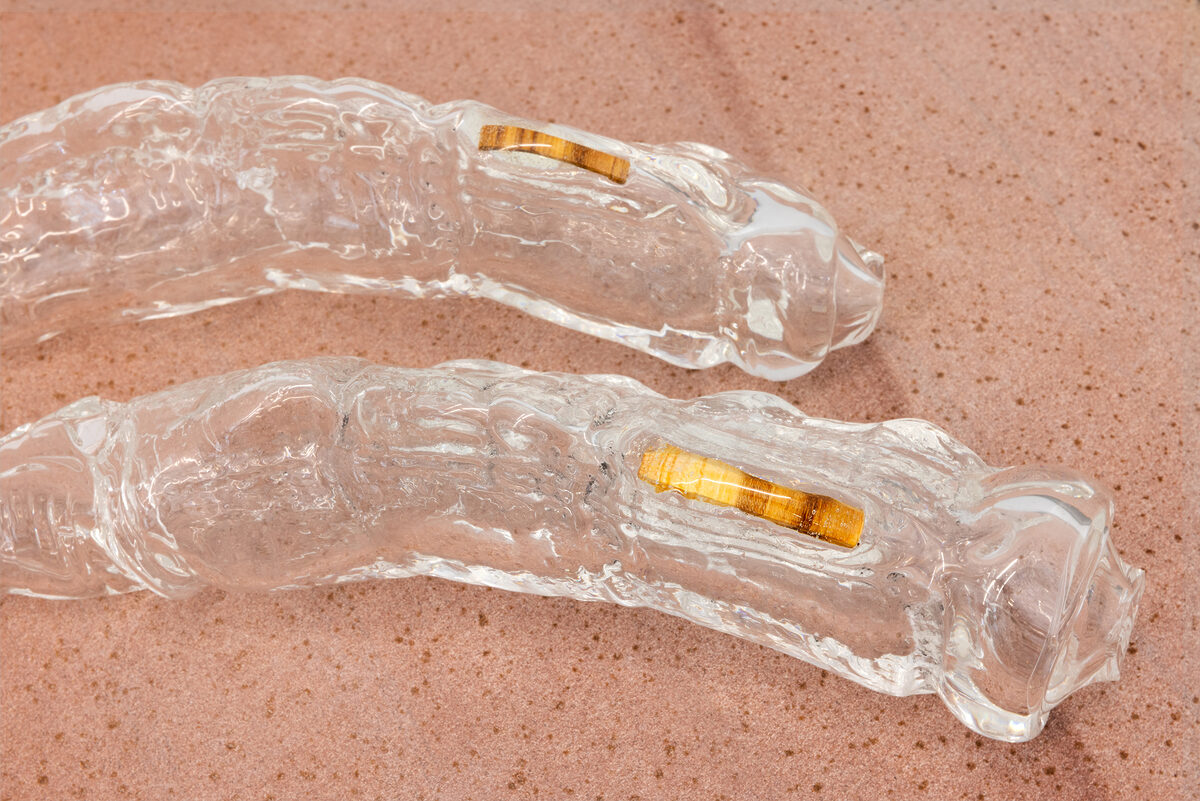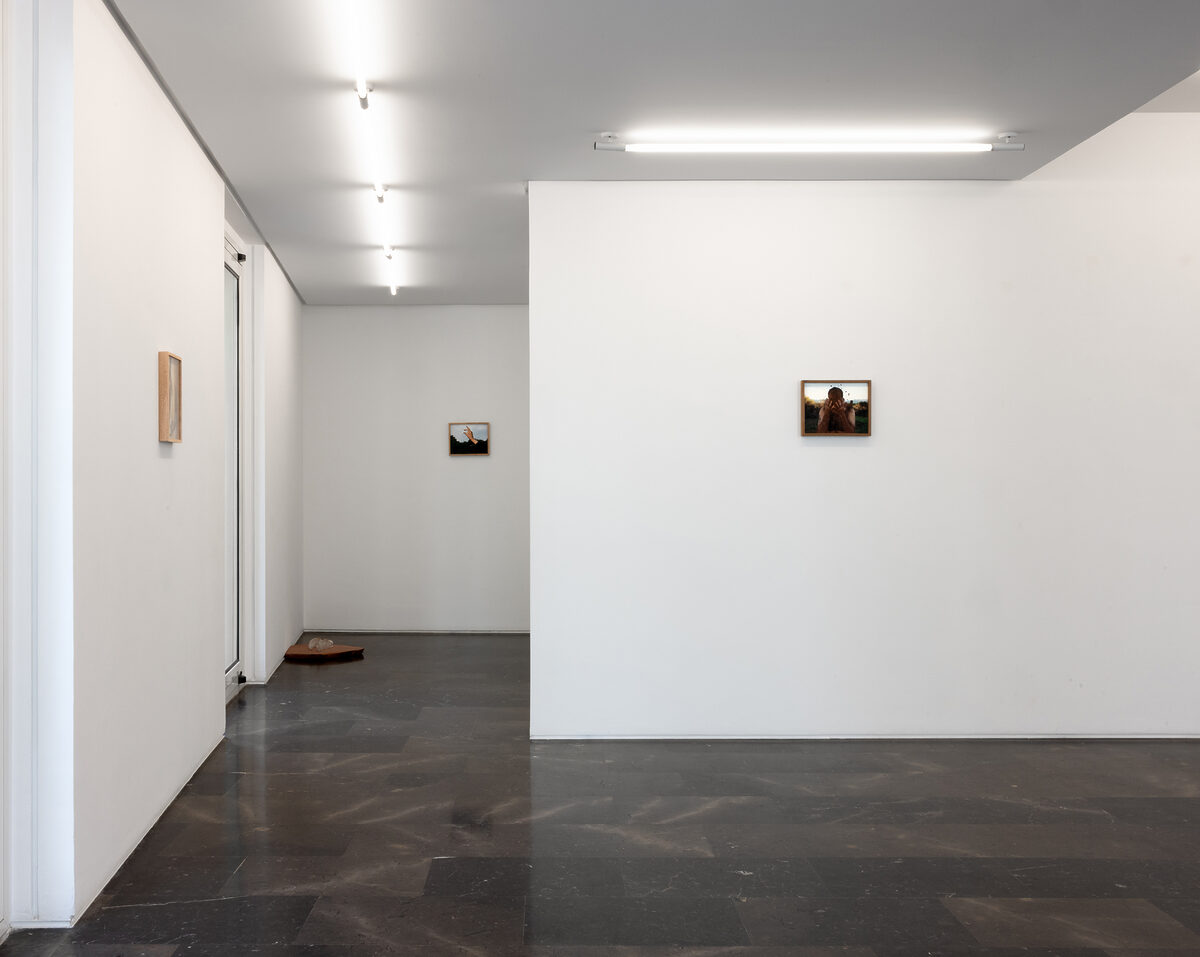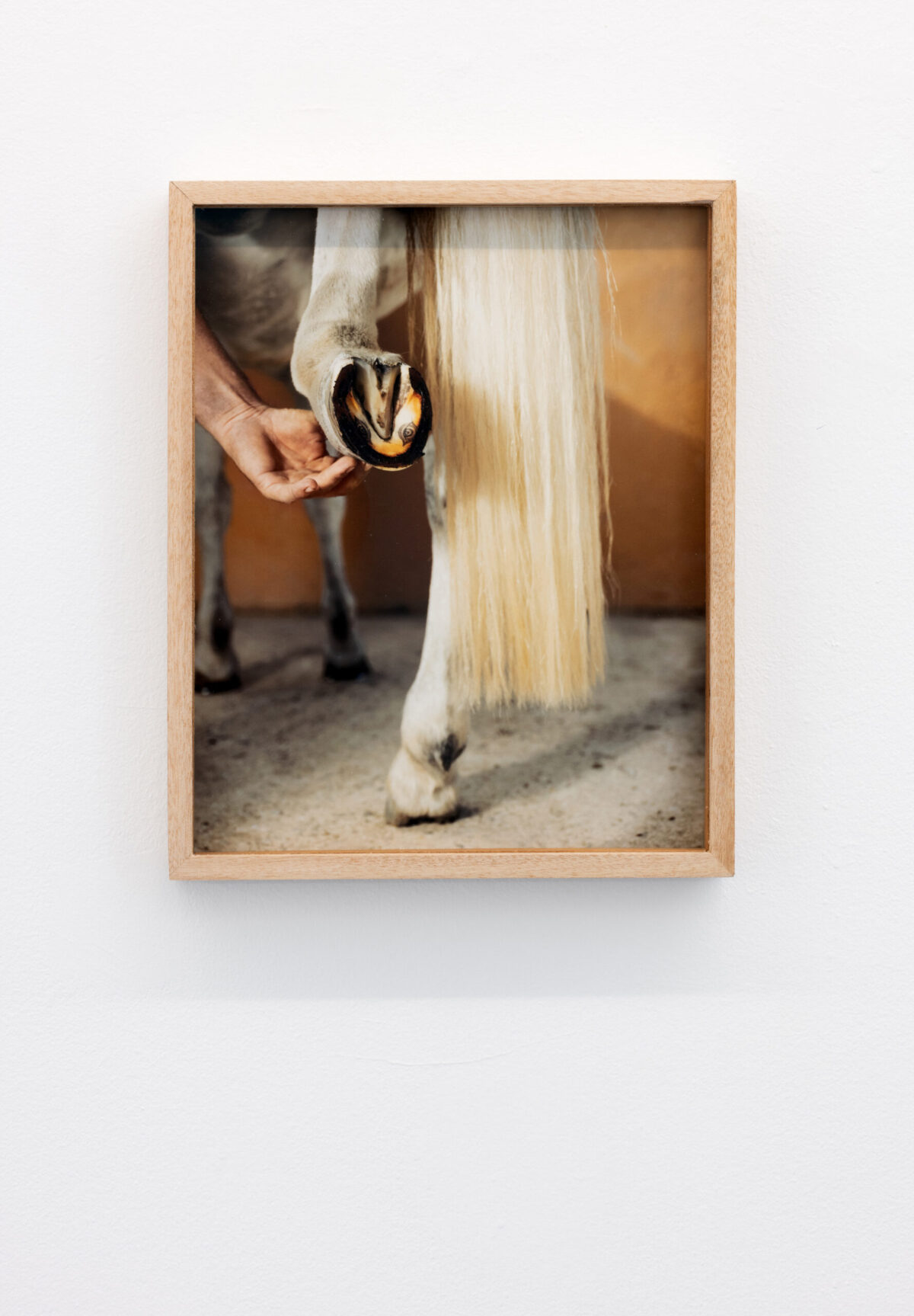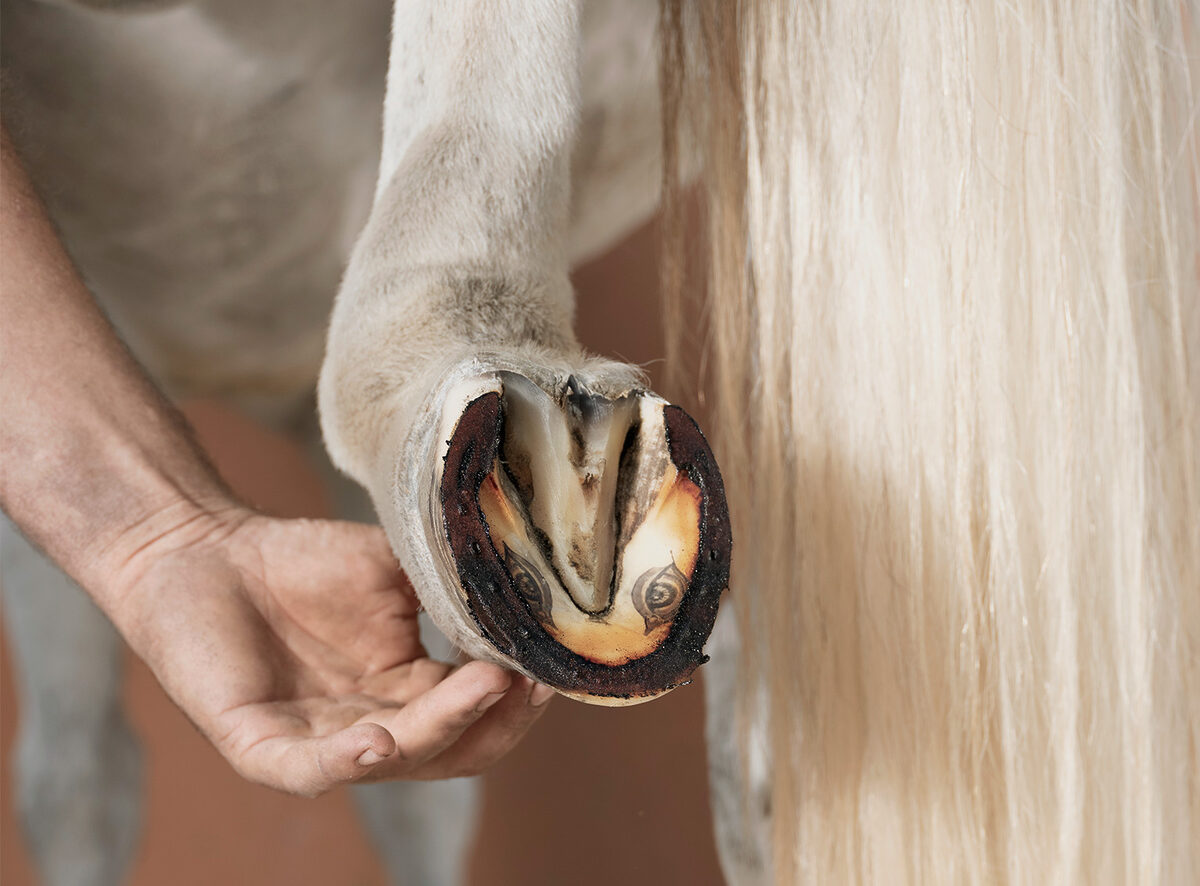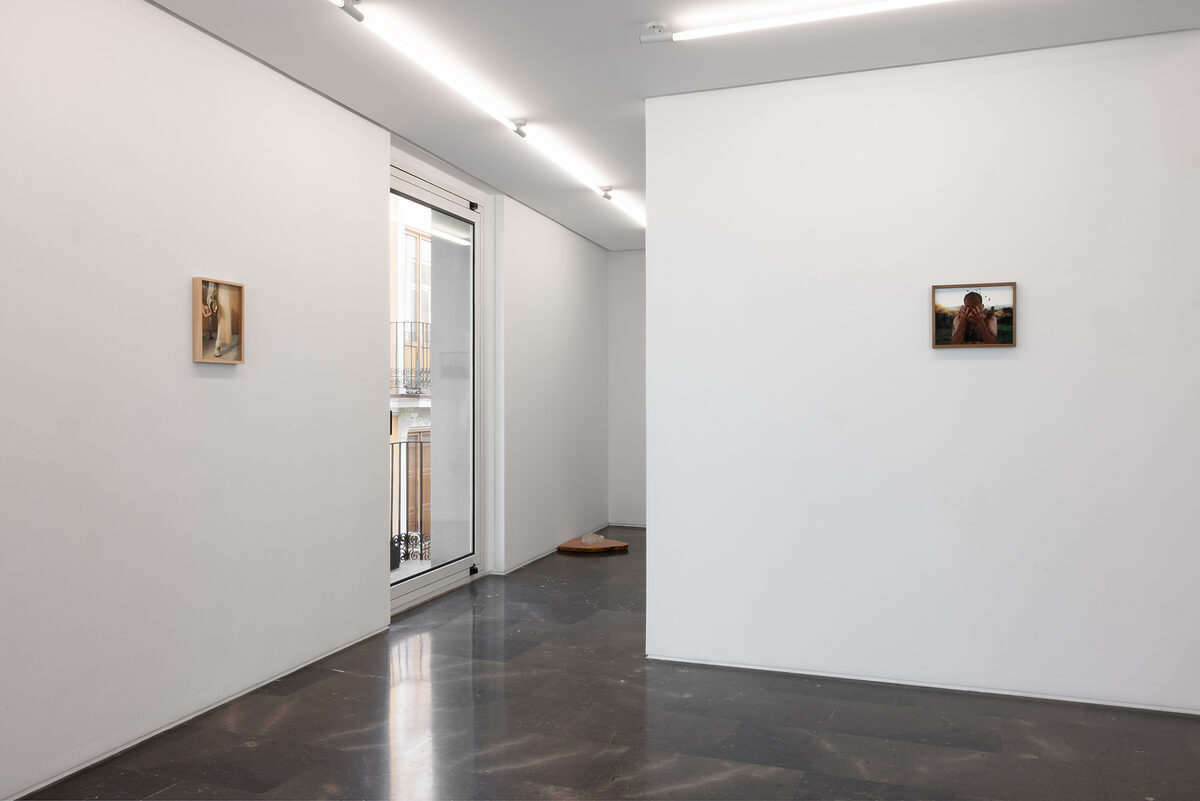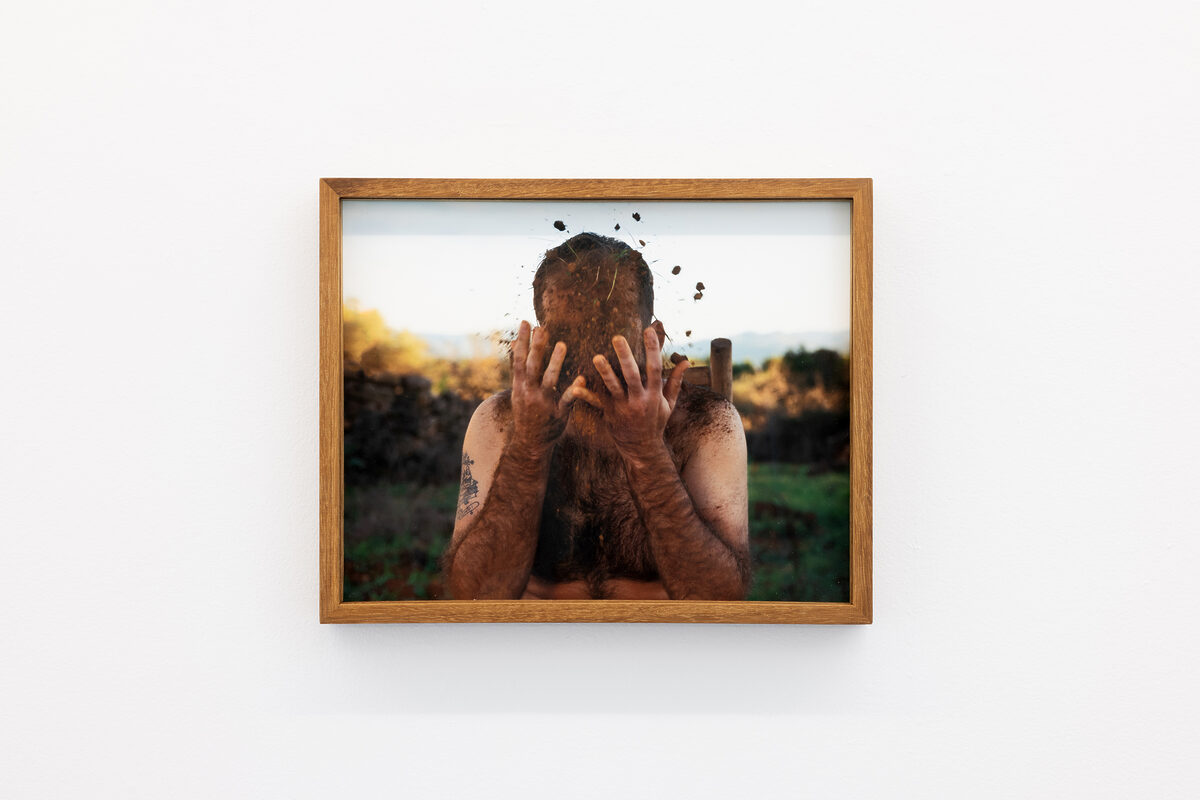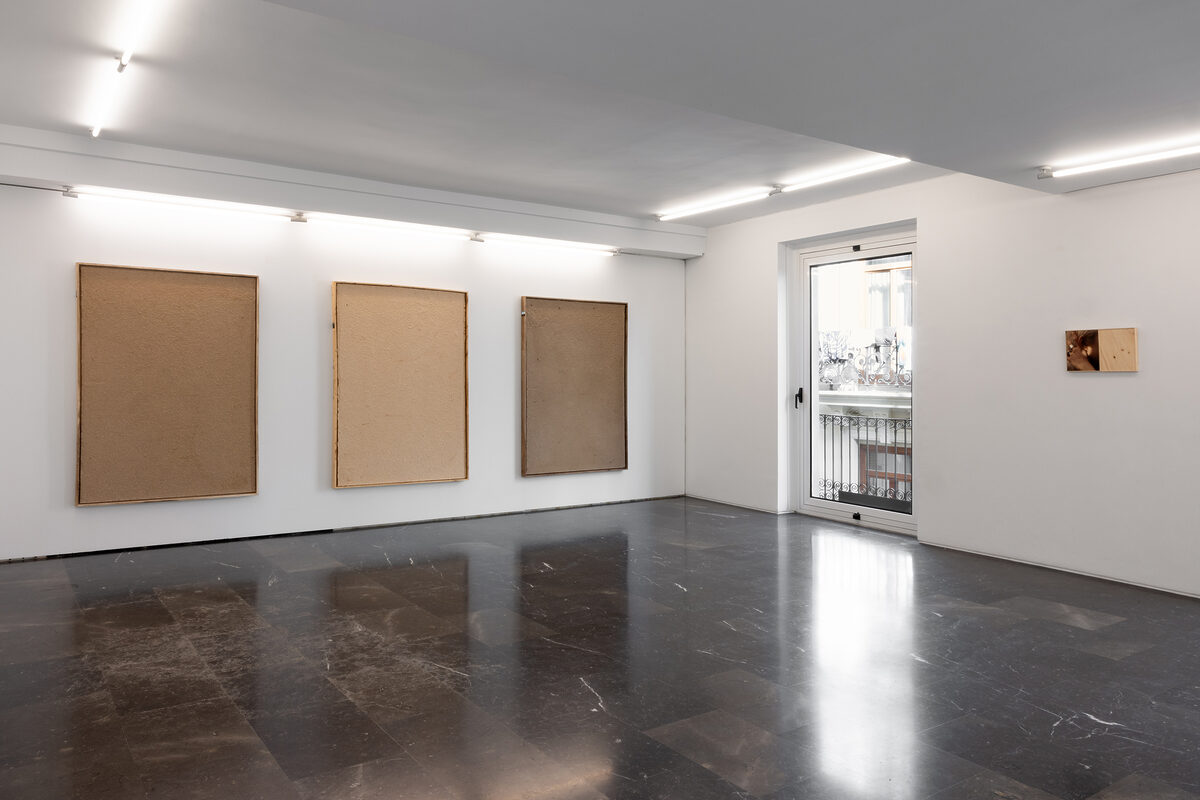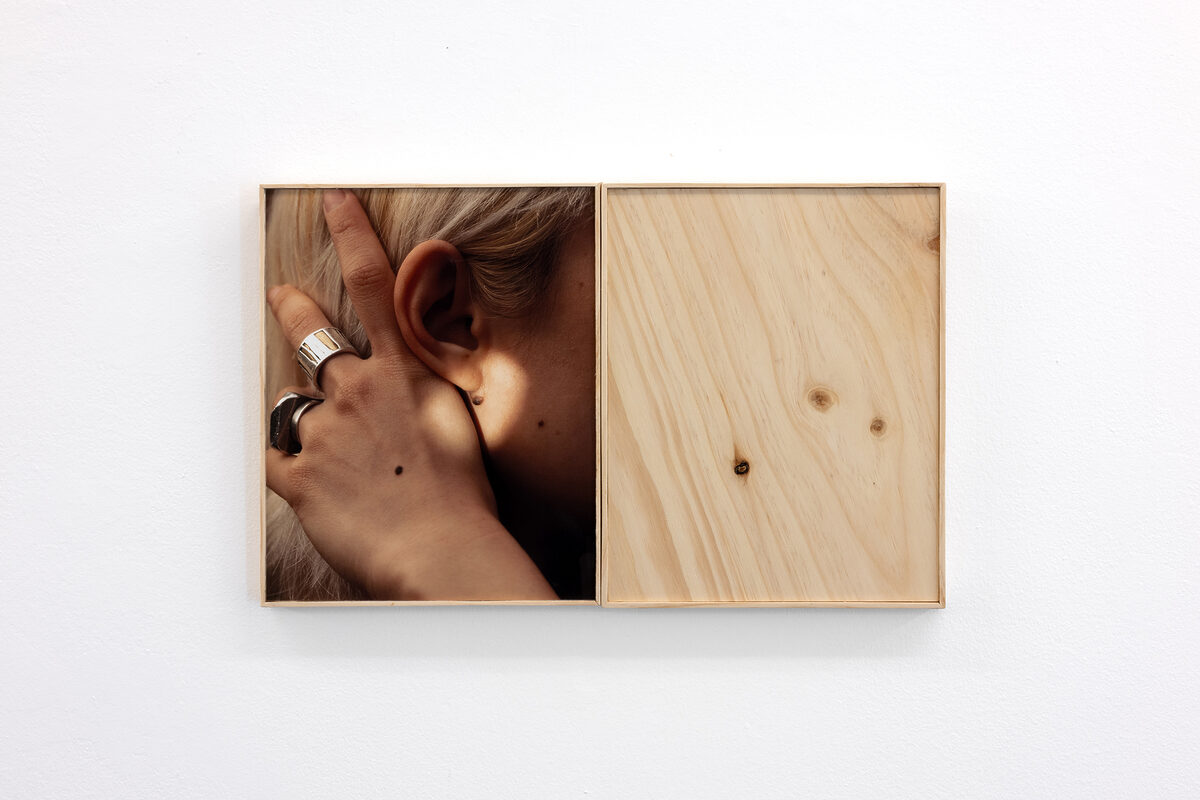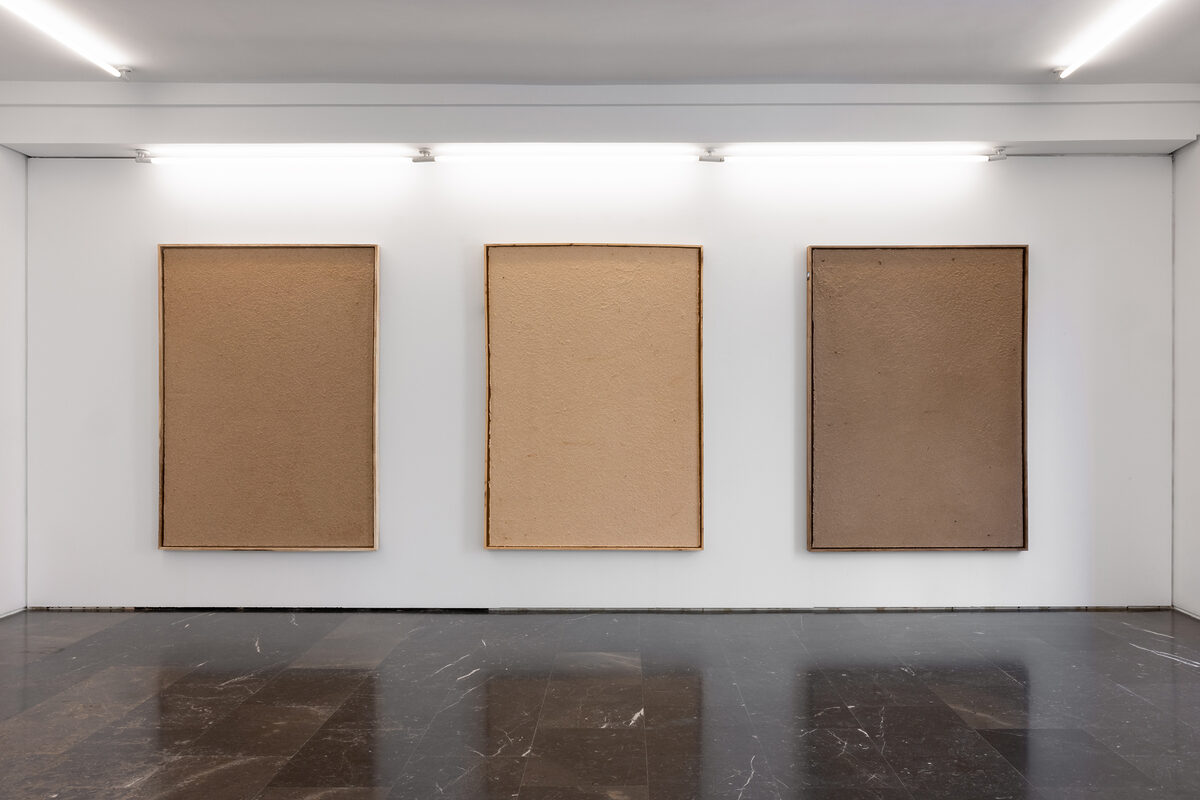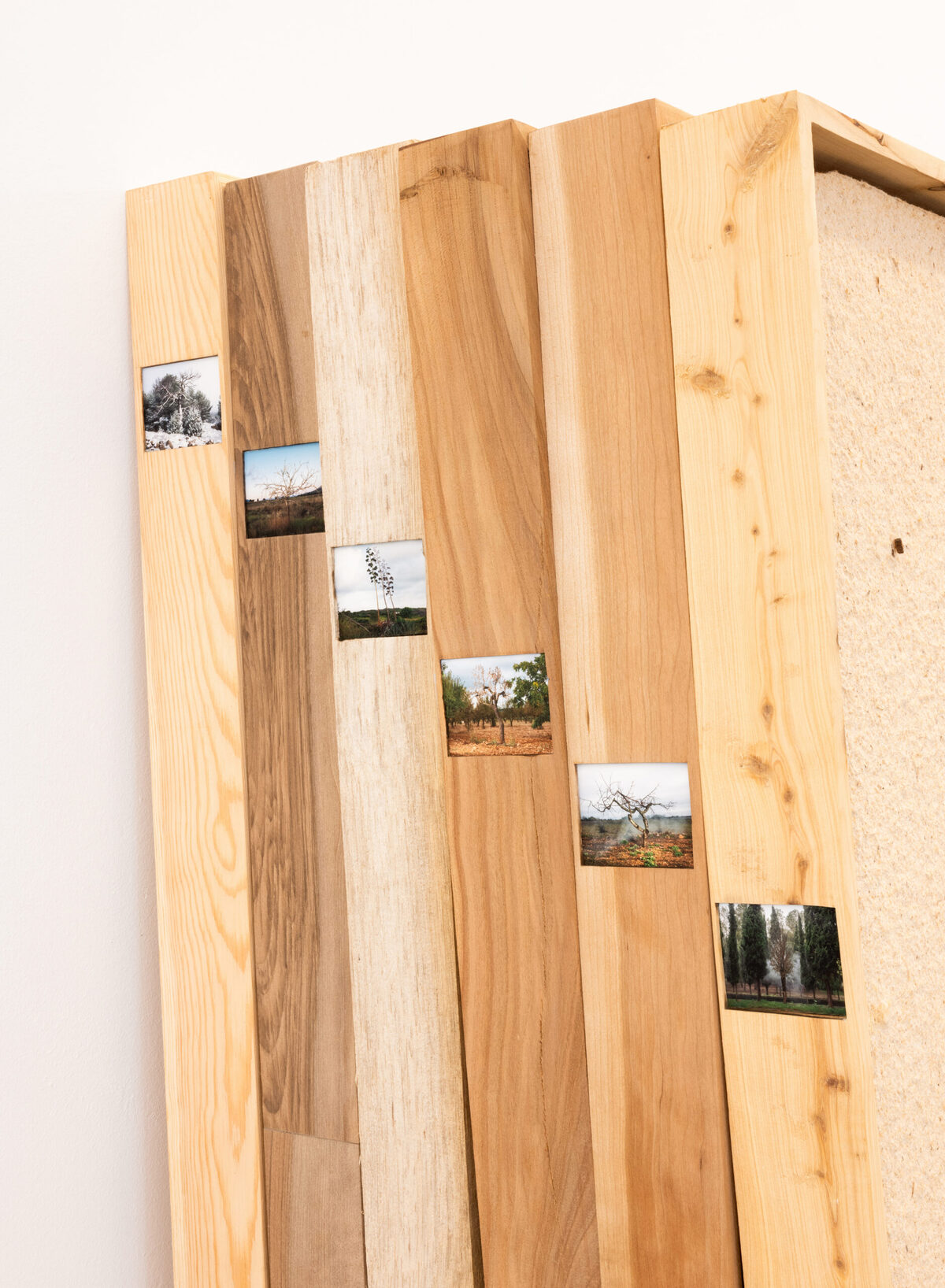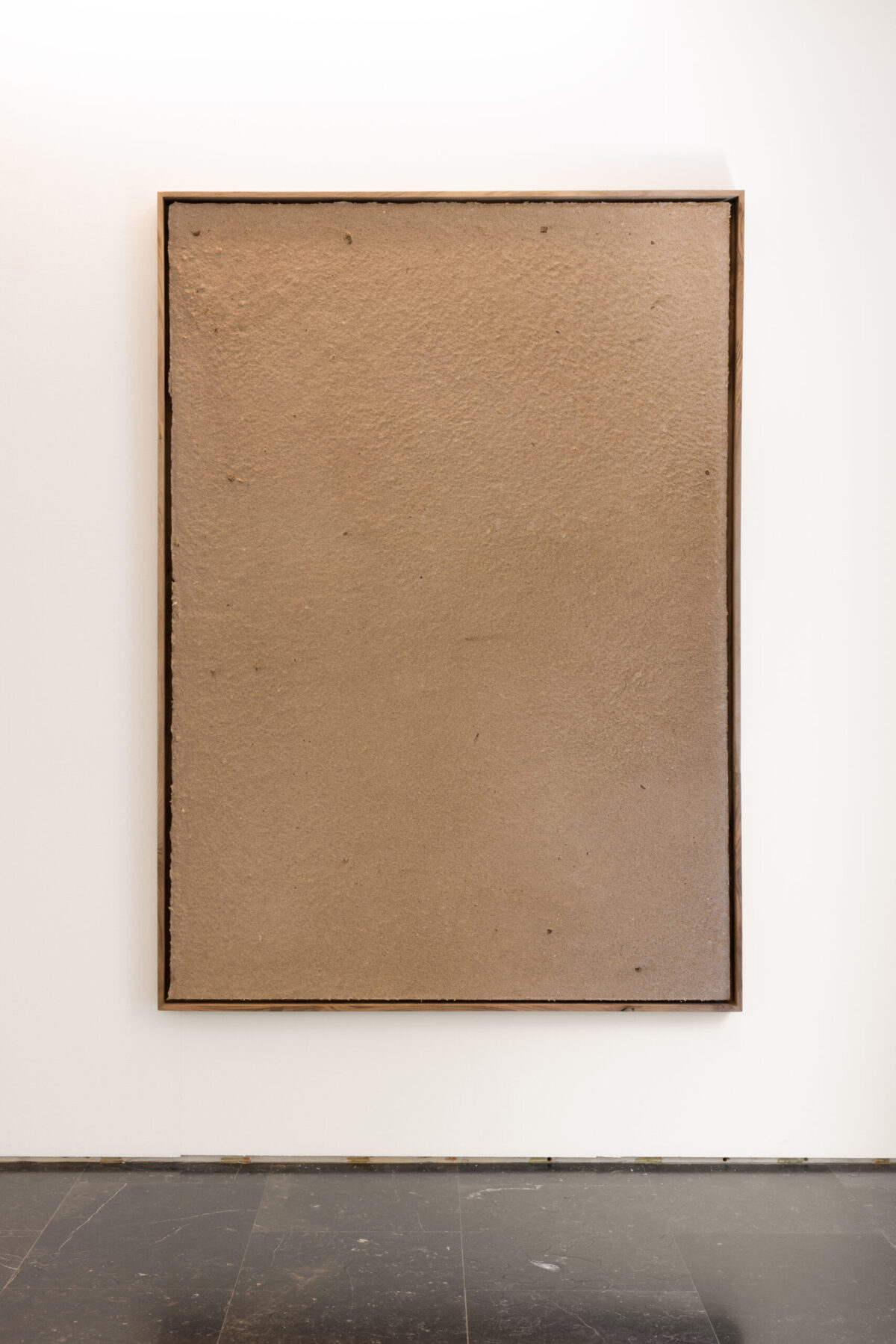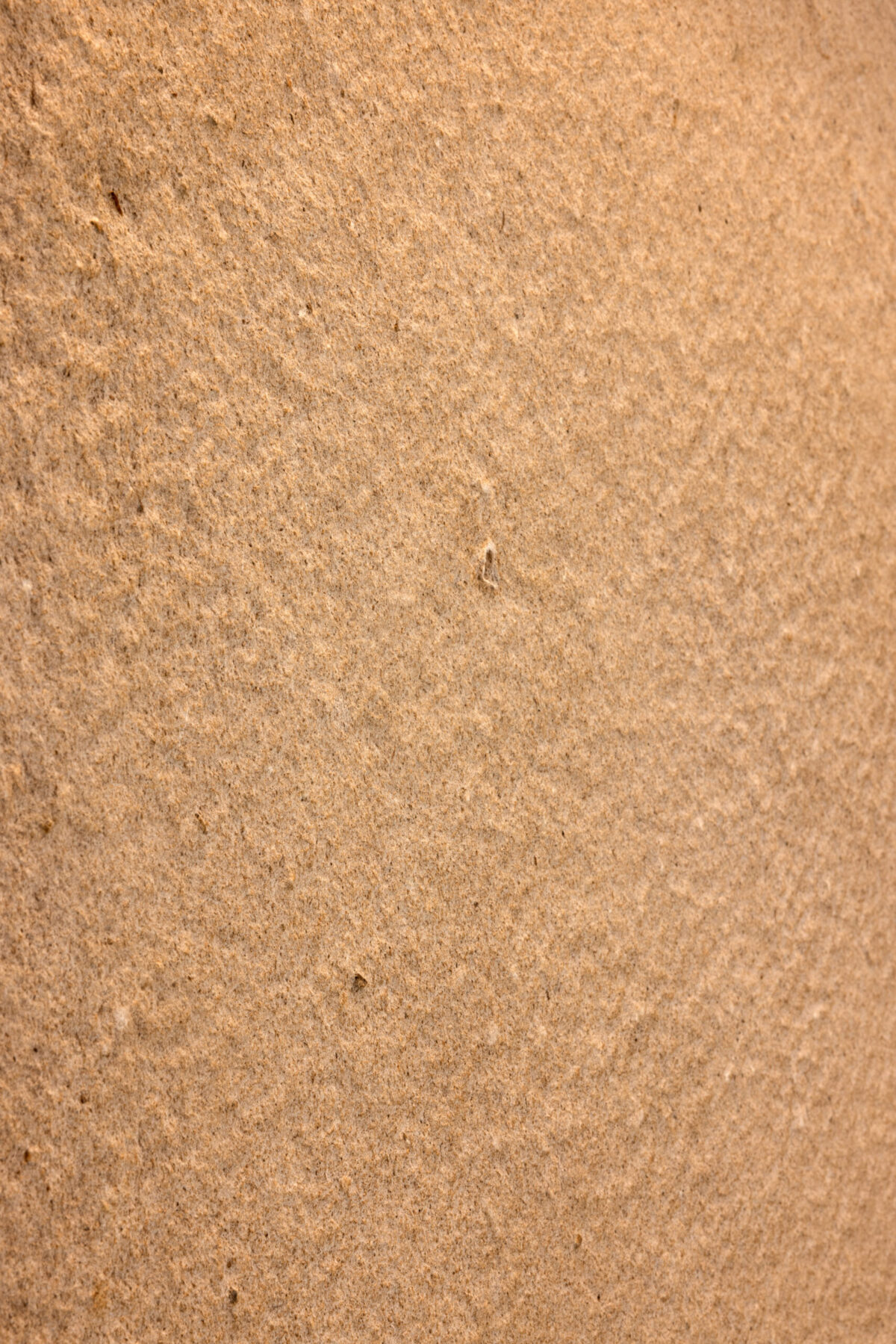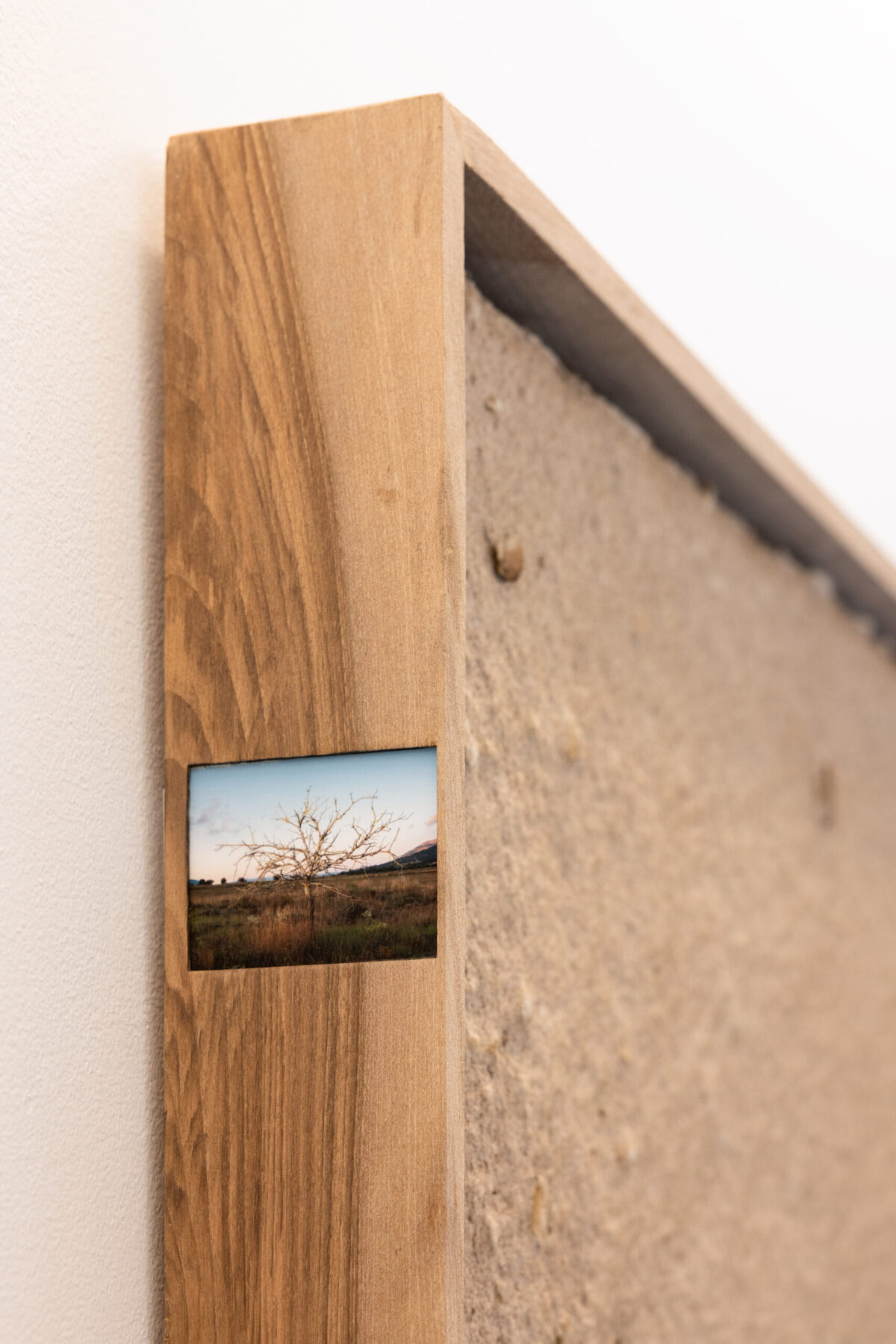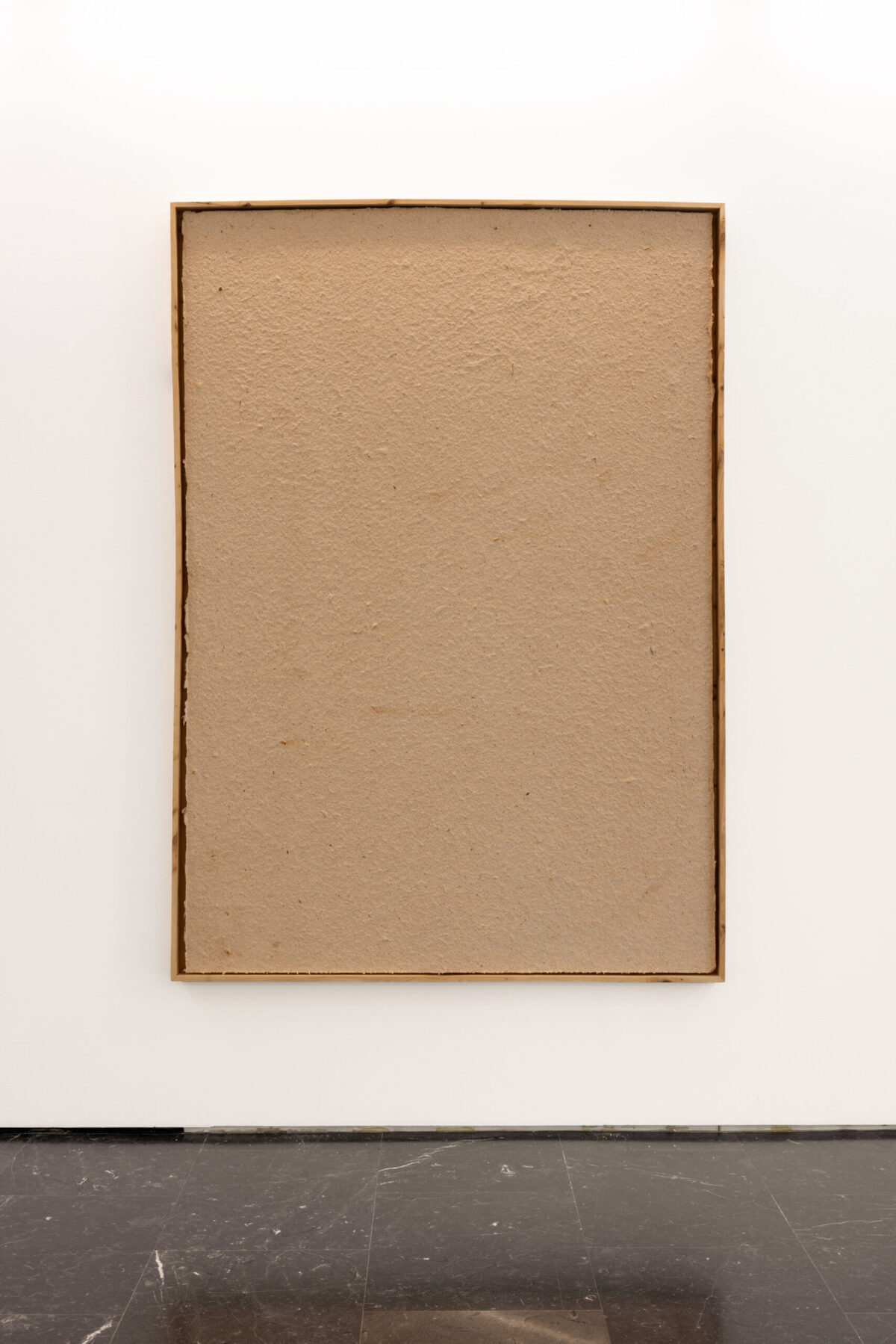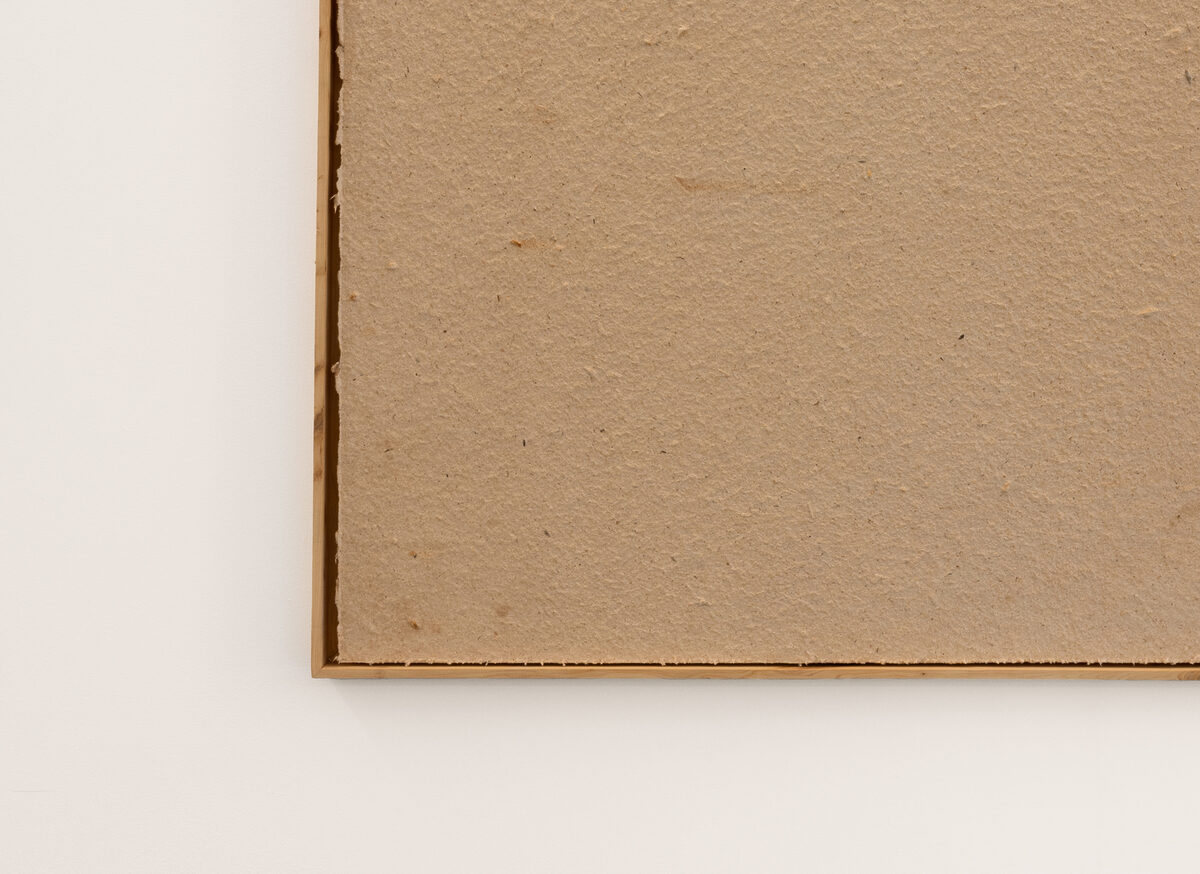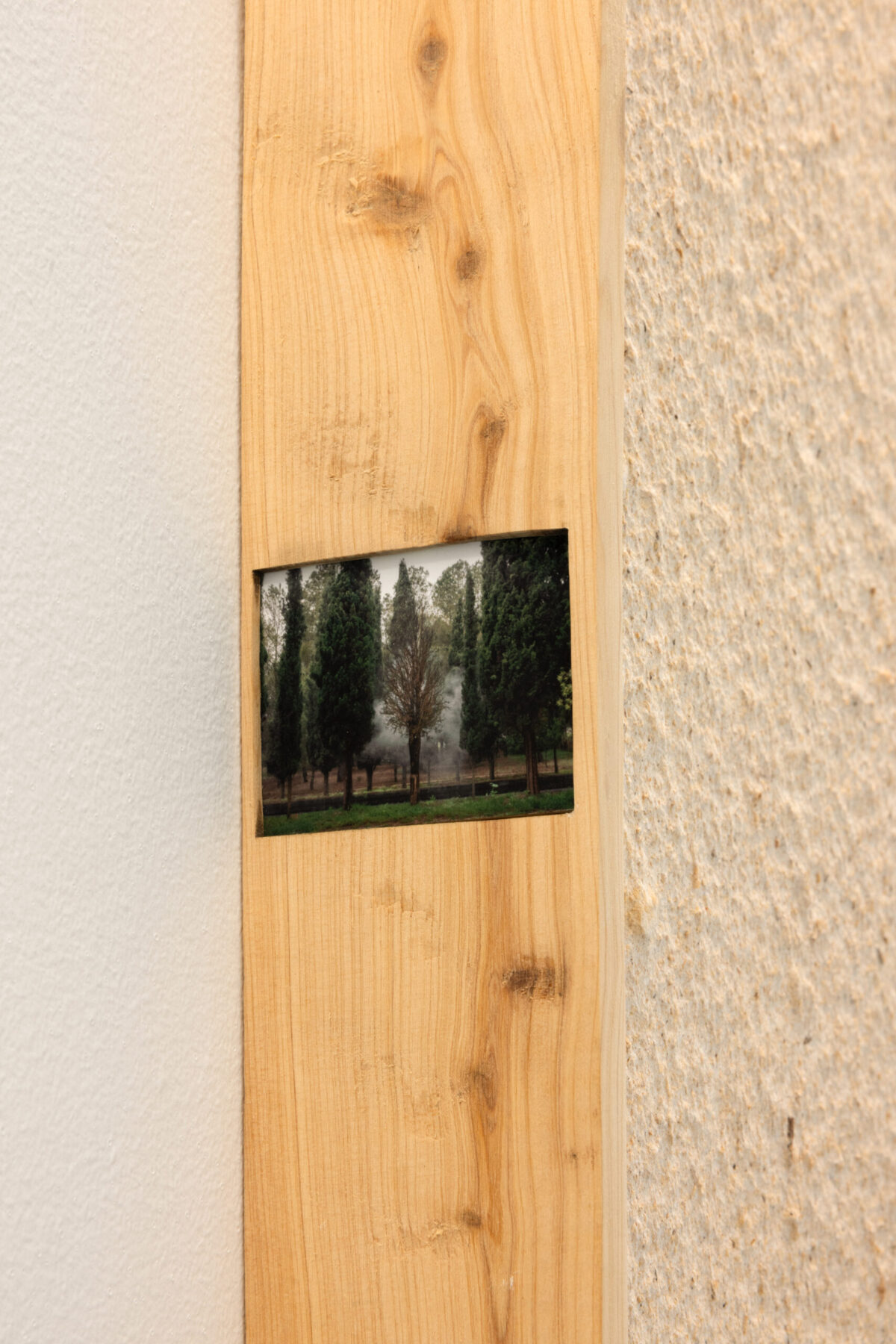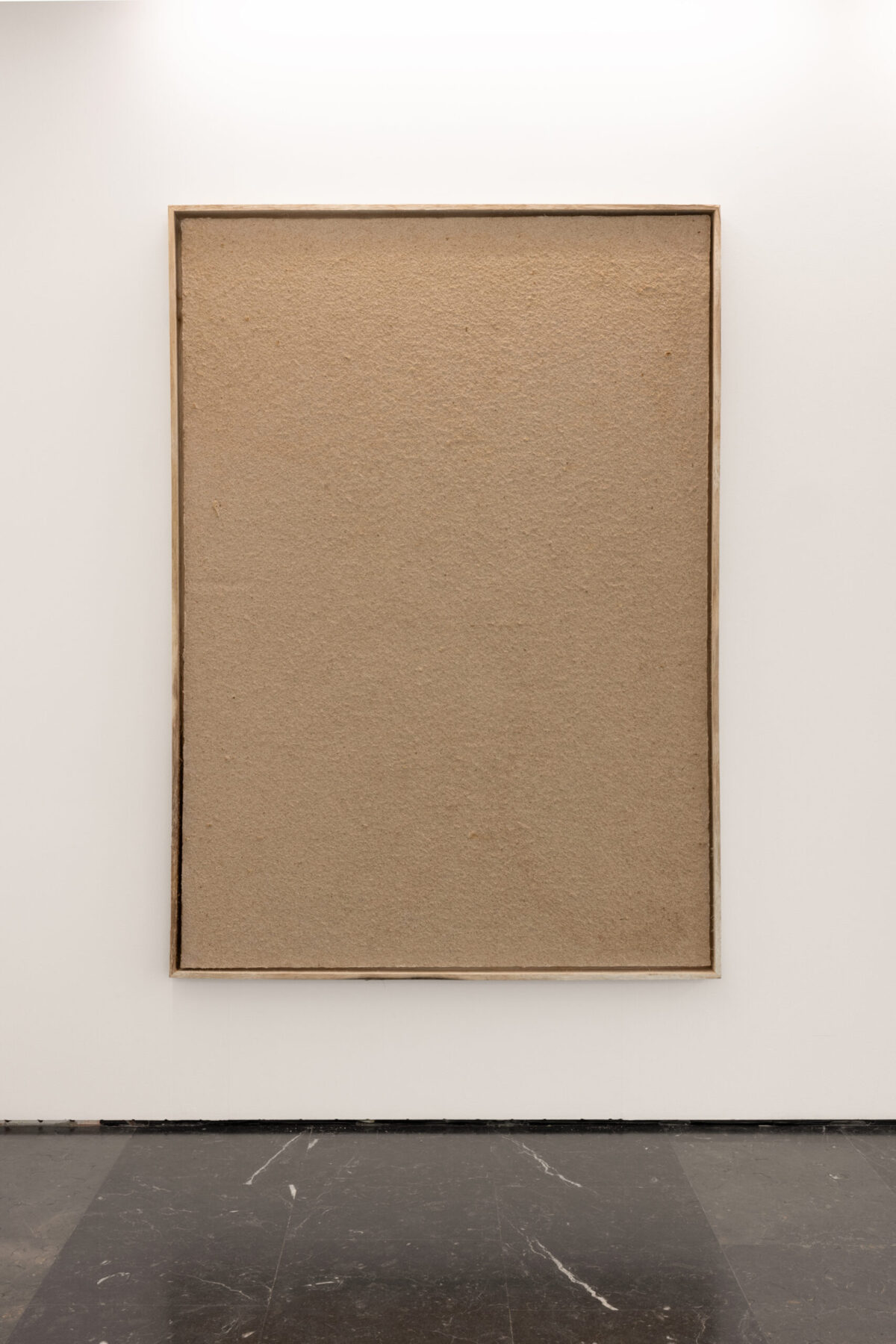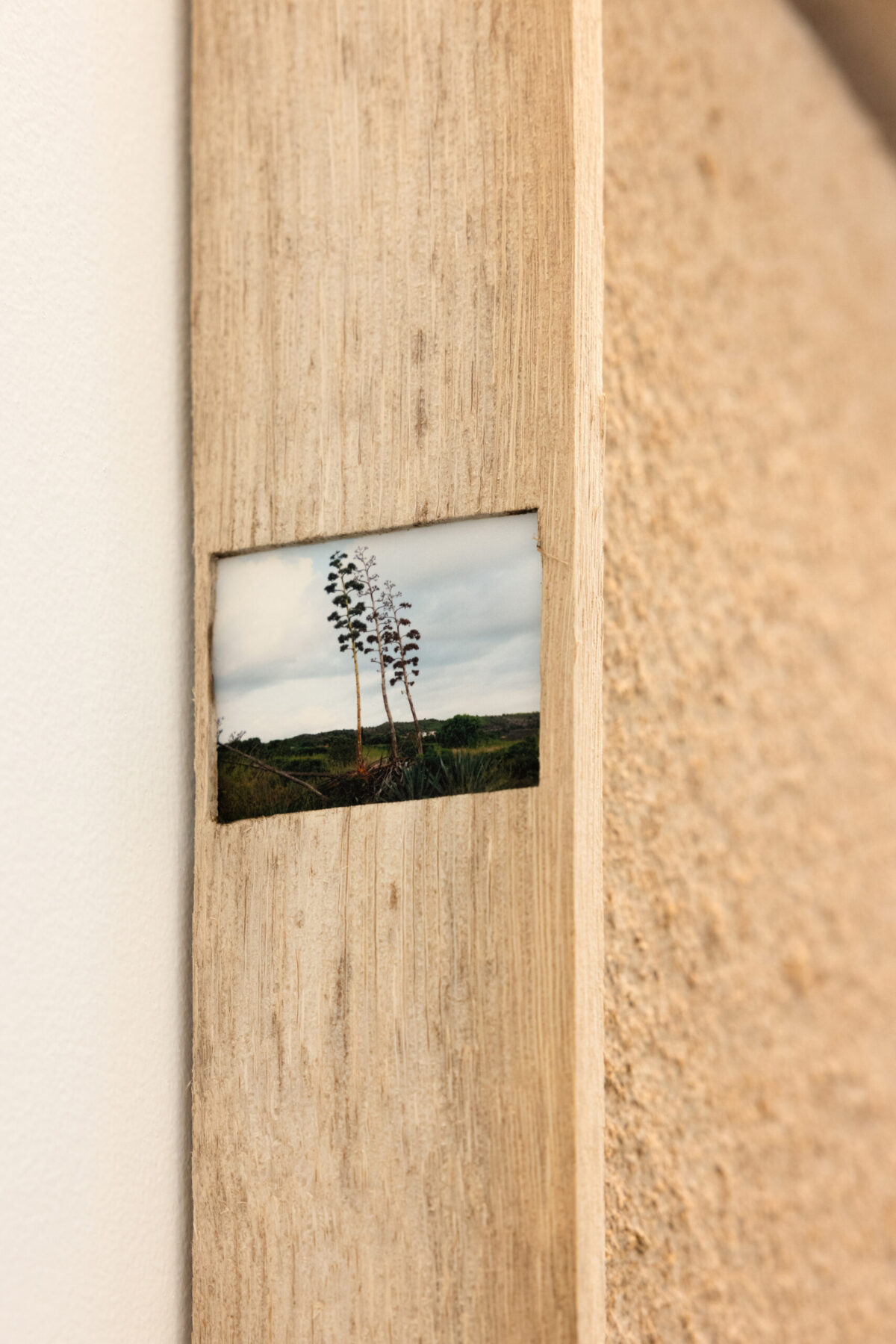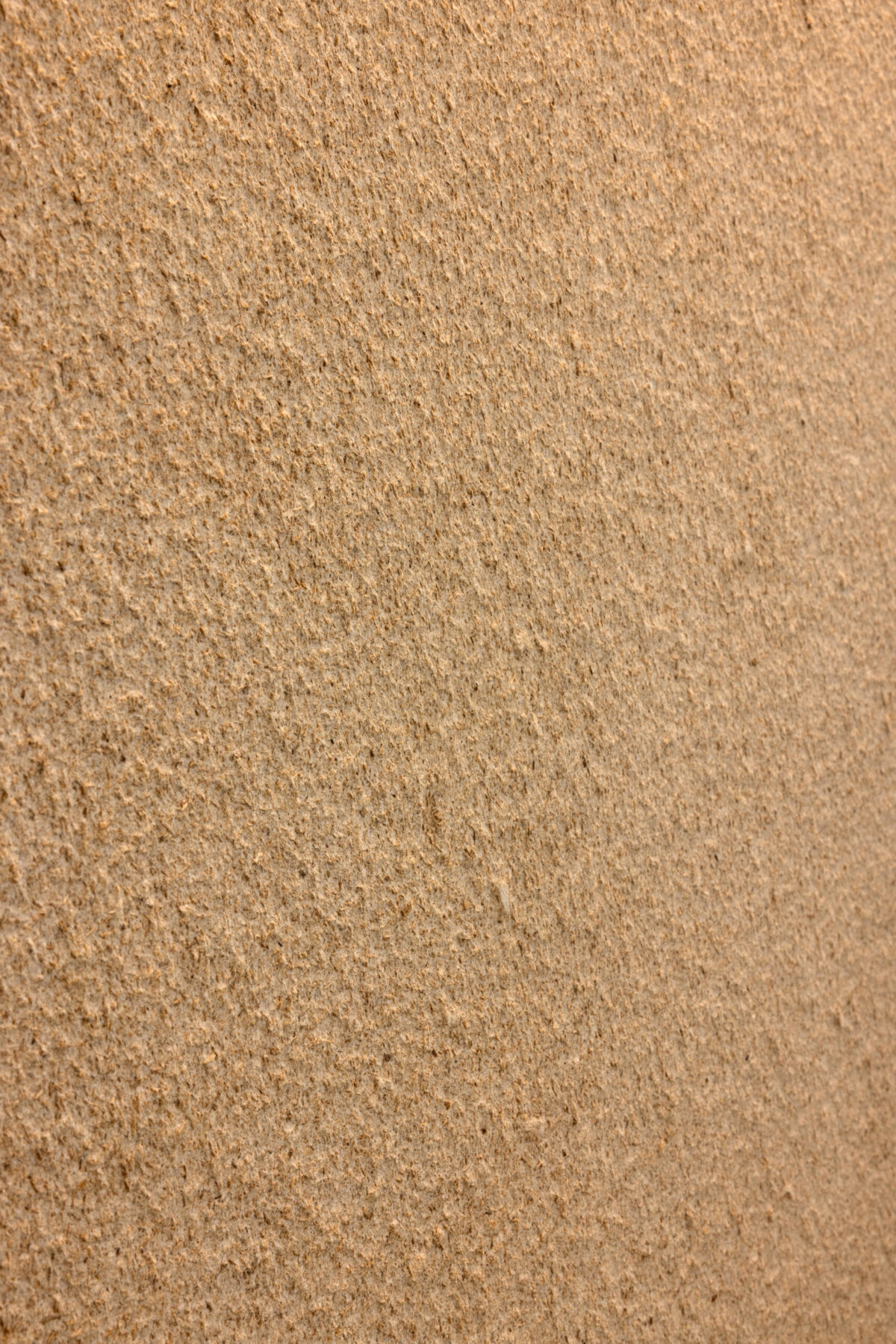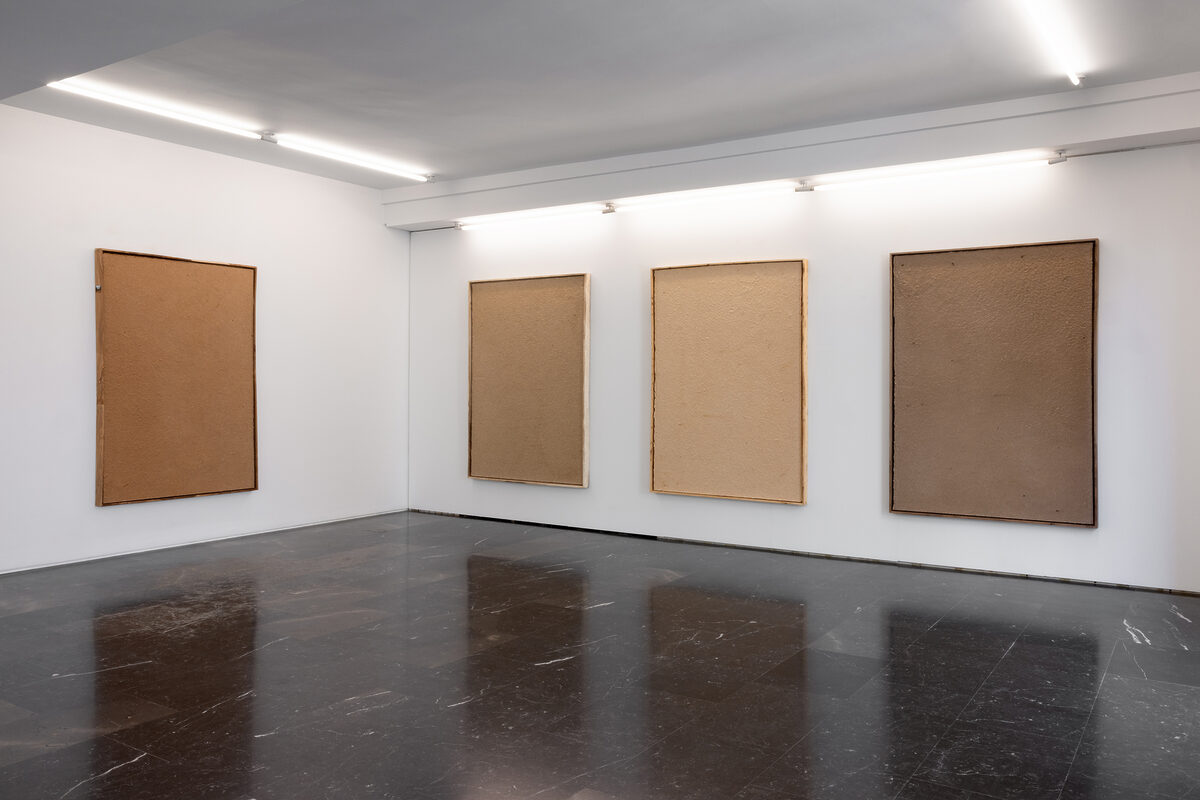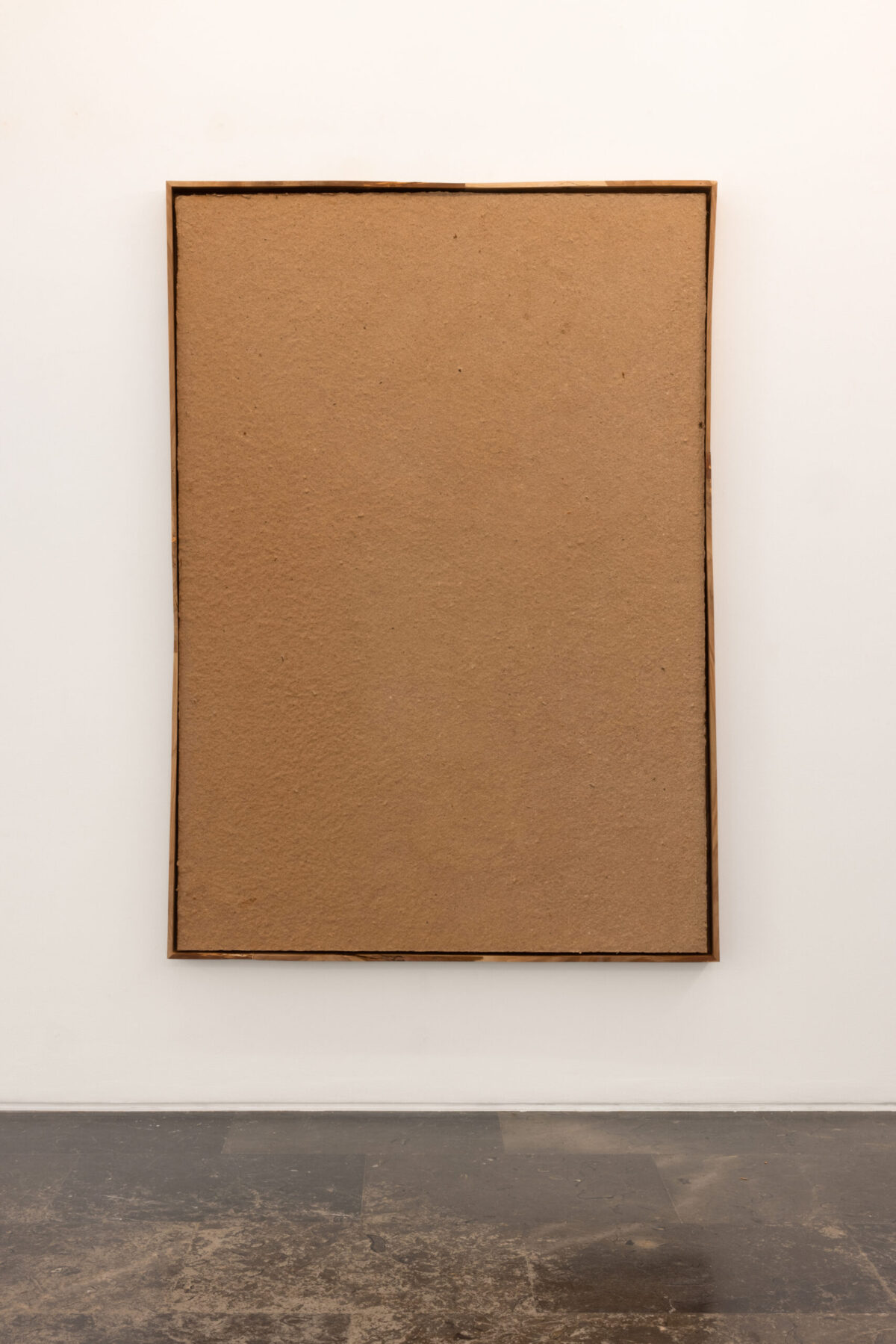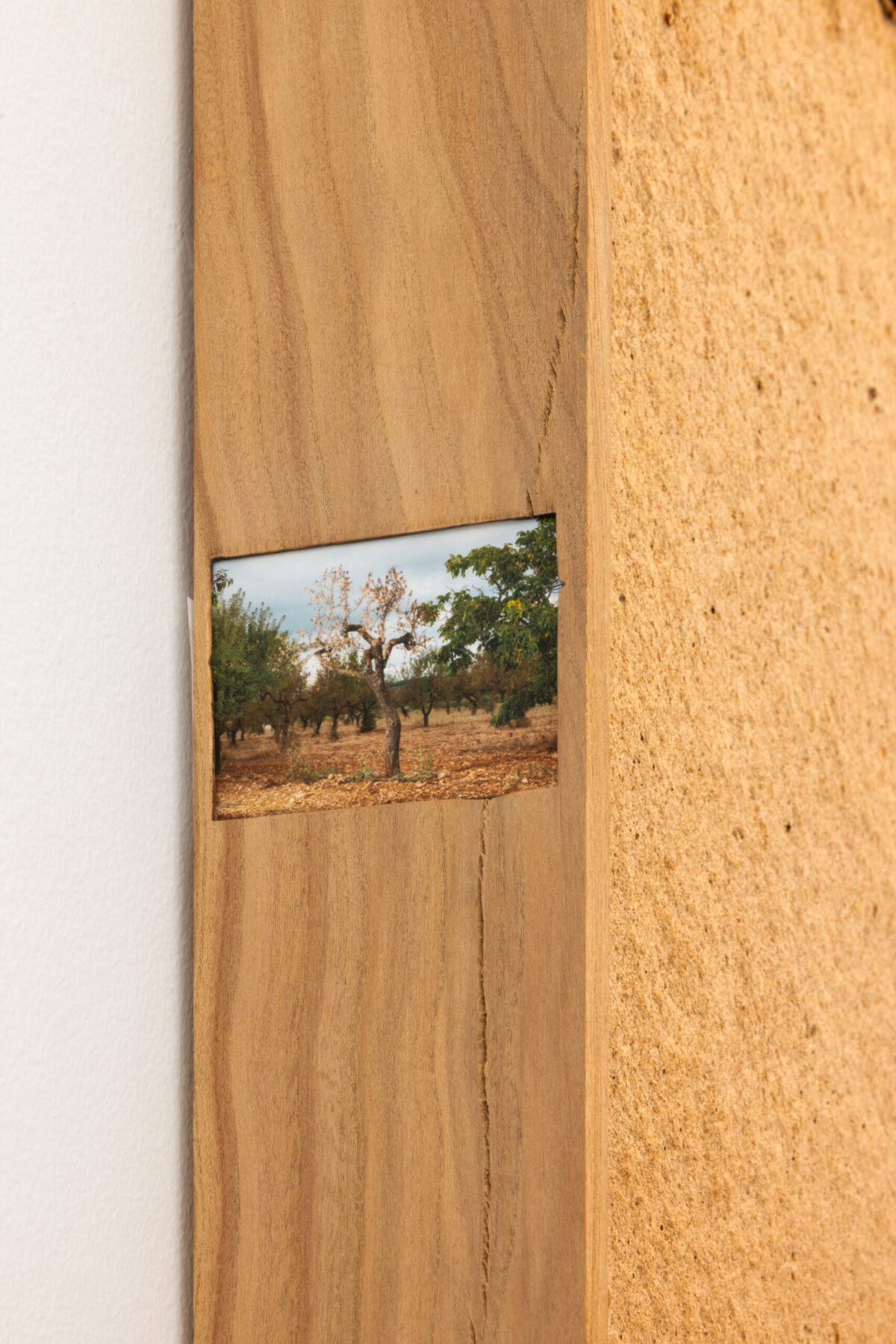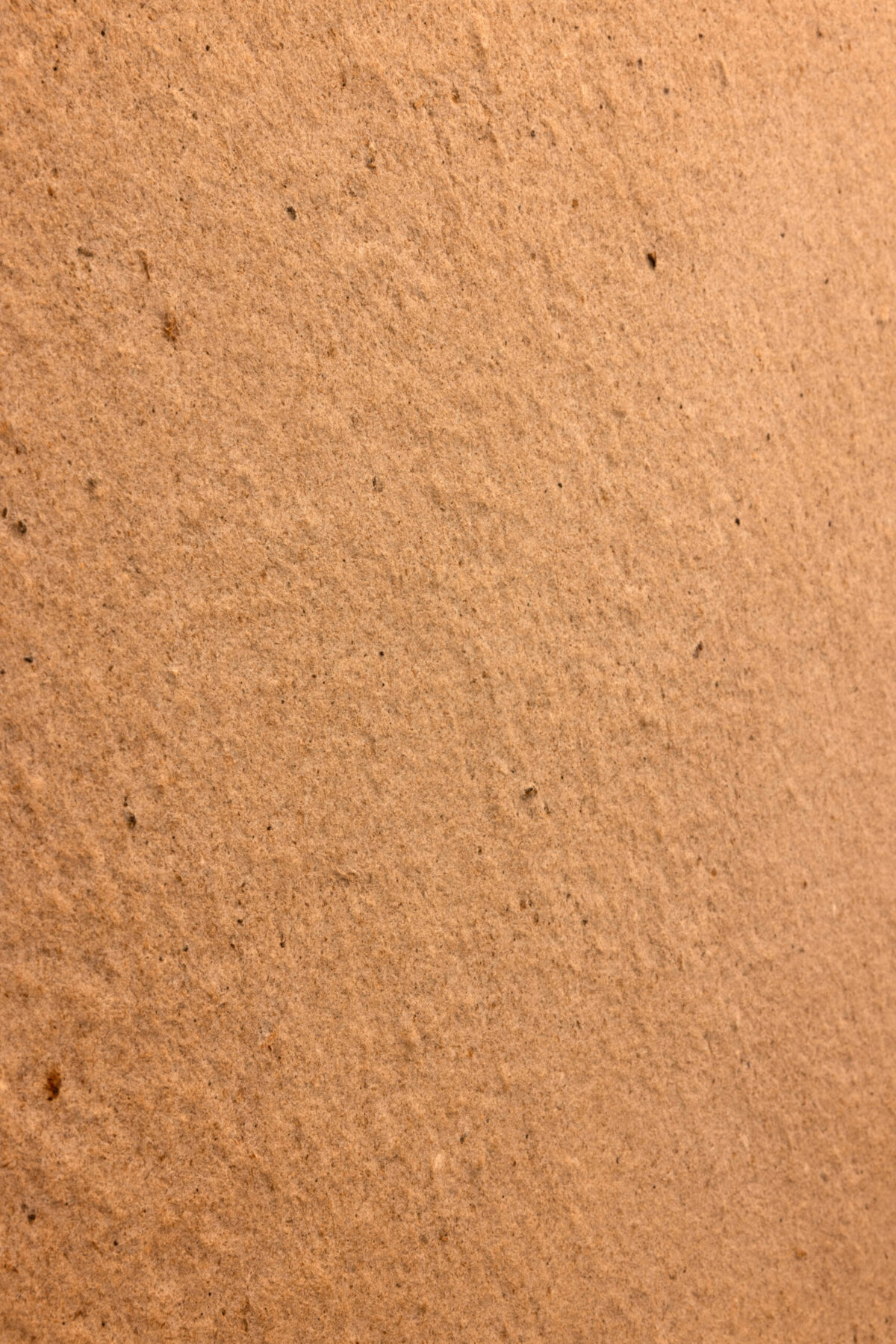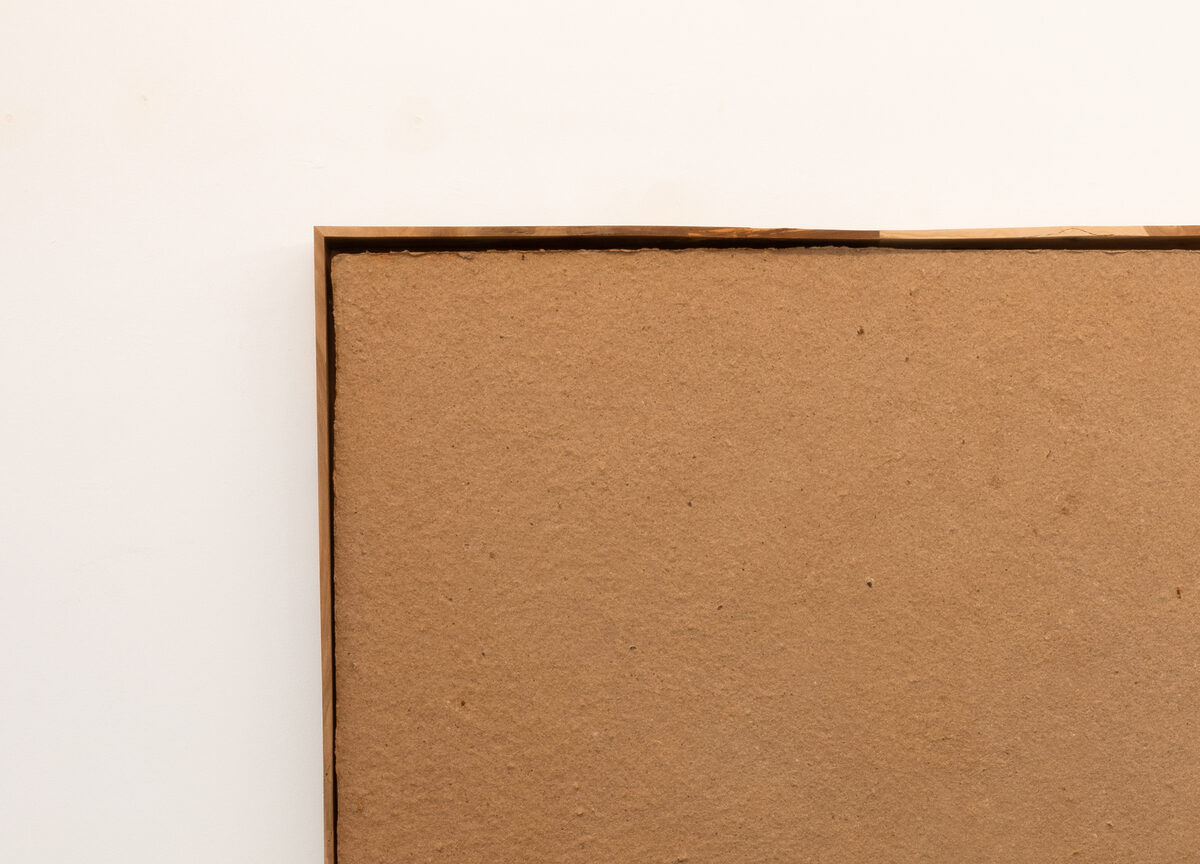Llaga de mar, alivio de monte is the title that encompasses the two simultaneous exhibitions that will occupy the gallery’s four rooms from 26 September. Both in Laura Palau’s proposal, Segunda mordida, and in Amuleto the exhibition by Javi Cruz, accompanied on this occasion by Andrés Izquierdo, we find ourselves in the midst of a dialogue between places —physical, symbolic— landscapes that are as autobiographical as they are universal: farmland, seas, a theatre, the city and the mountains, and with stories, traditions, superstitions and rituals that hold together family ties, friendships and trades. Both exhibitions are accompanied by texts by curator Francisco Ramallo.
In Segunda Mordida, Laura Palau explores the tensions that arise from the emotional conflict between
the weight of identity and the privilege of being tied to a place, feelings that she interprets “as a force that unites a wound and its memory, a sense of belonging to the land with the suffocation it
generates.” The homesickness that Palau feels when living far away makes her perceive her life as a tension. Being here and elsewhere, the artist thinks of the rural context as a circularity between the hard
and the soft, keratin and cellulose, orality and flesh. Palau uses sculpture to reflect on the proximity between patterns in nature. This recontextualization of the link between nature and knowledge also connects with testimonies of healing that some people have shared with the artist, which are materialized in some pieces. She also works with trees, an element that in Palau’s rural community has been treated as a subject and witness to the link between generations. The artist has created a repository of local species, which she translates into a series of papers in the gallery, framed with wood from the trees to which they refer. She has also been involved in practices aimed at caring for trees, such as pruning. These reveal the fragility
of nature. The life and productivity of a tree depend on its correct handling. The artist documents these processes through photography, which, in the words of Alan Sonfist (author of
“The Theater of Nature”), represents a new way of understanding
+Curatorial text by Francisco Ramallo.
Activity carried out in collaboration with the Ministry of Culture.
